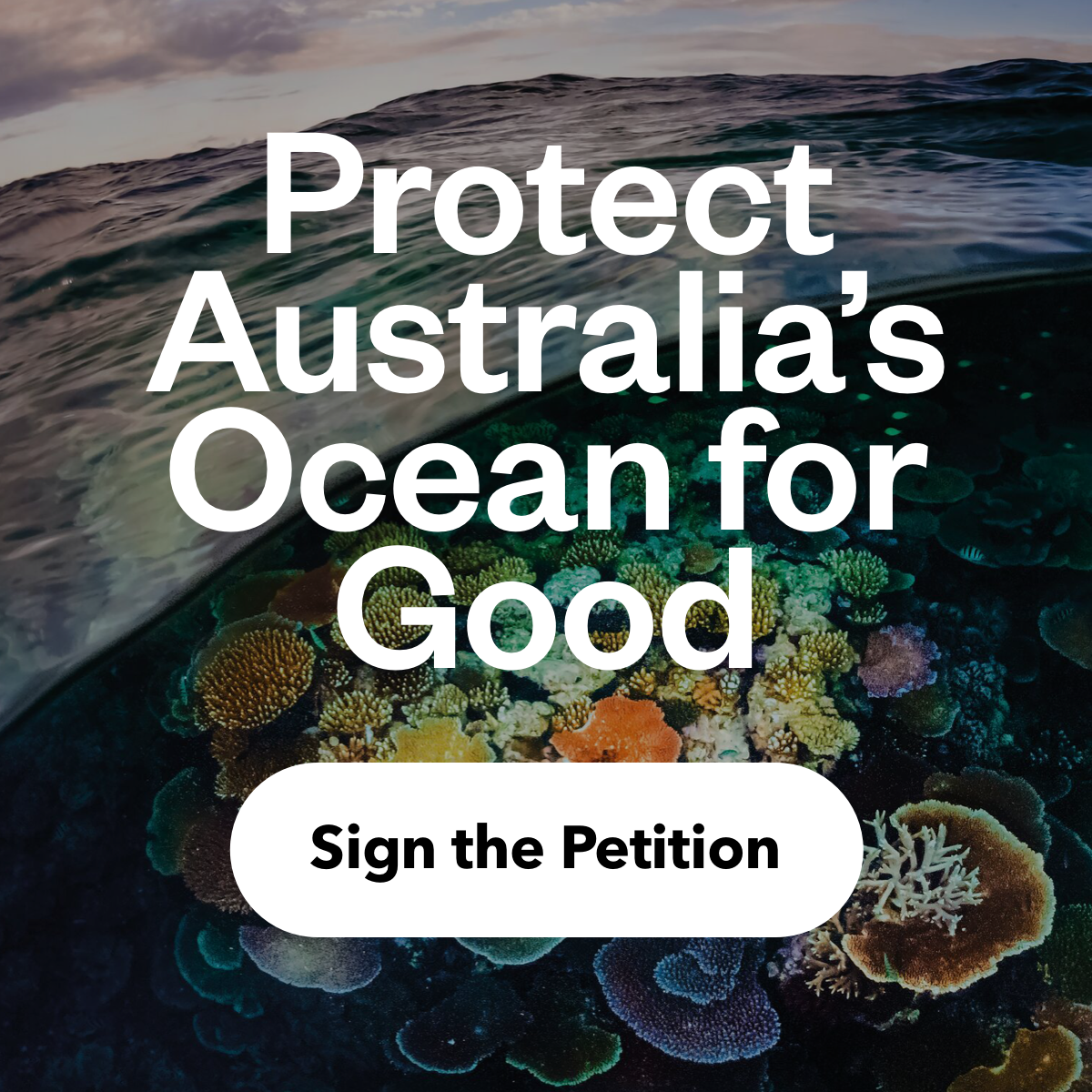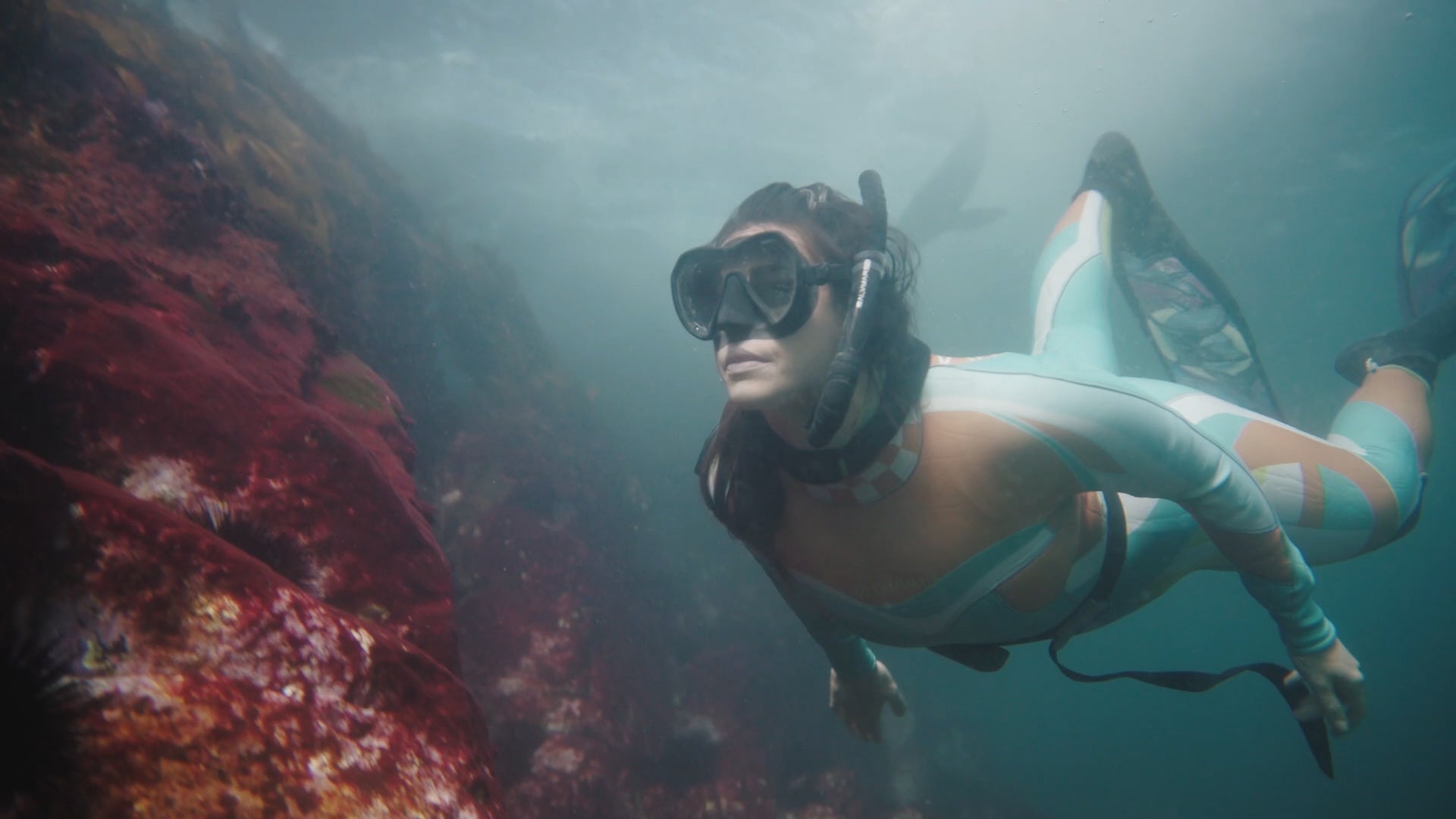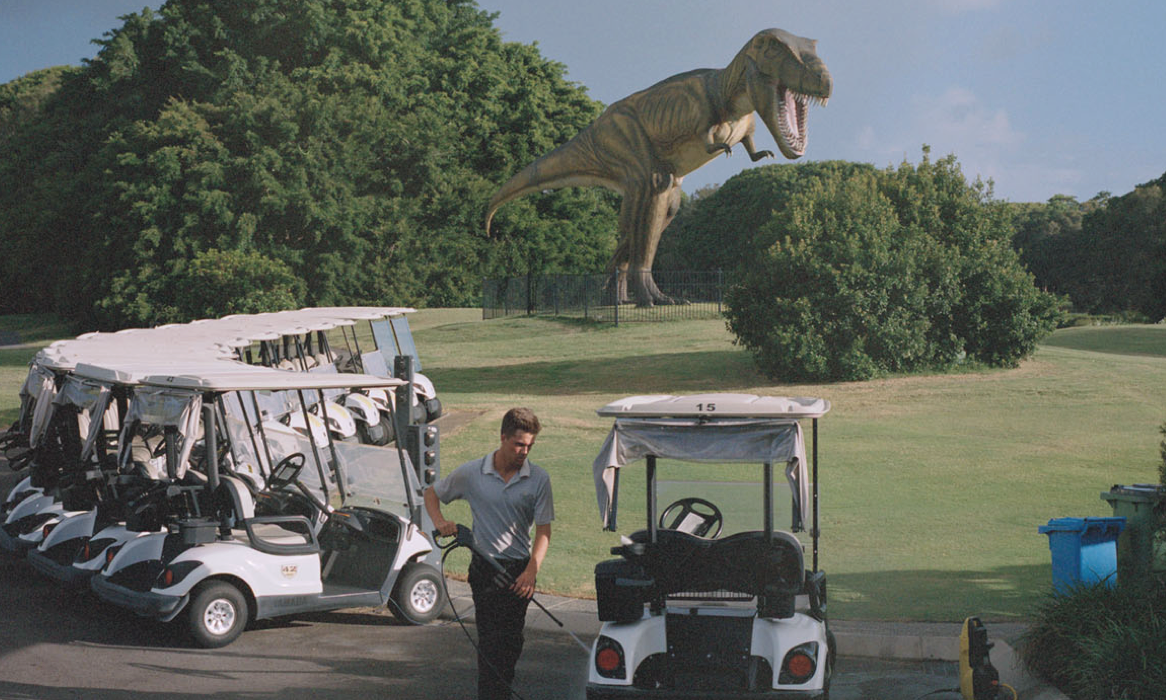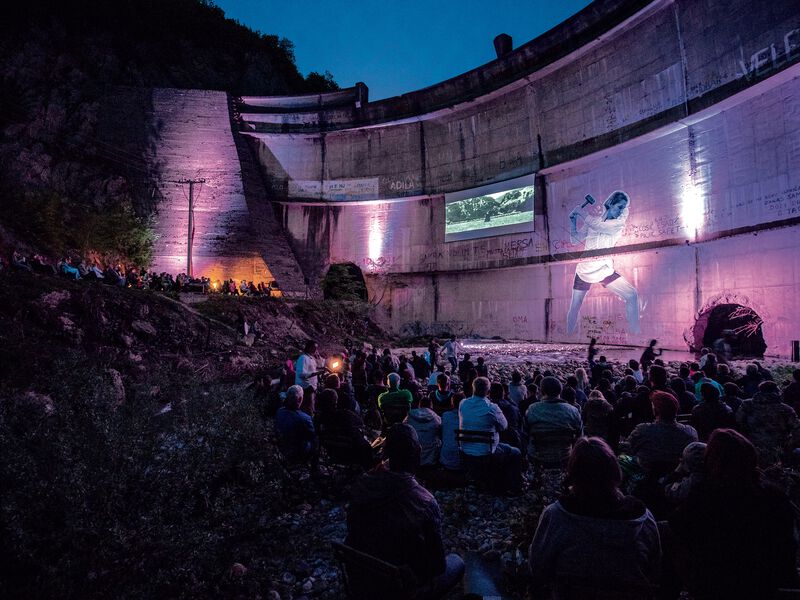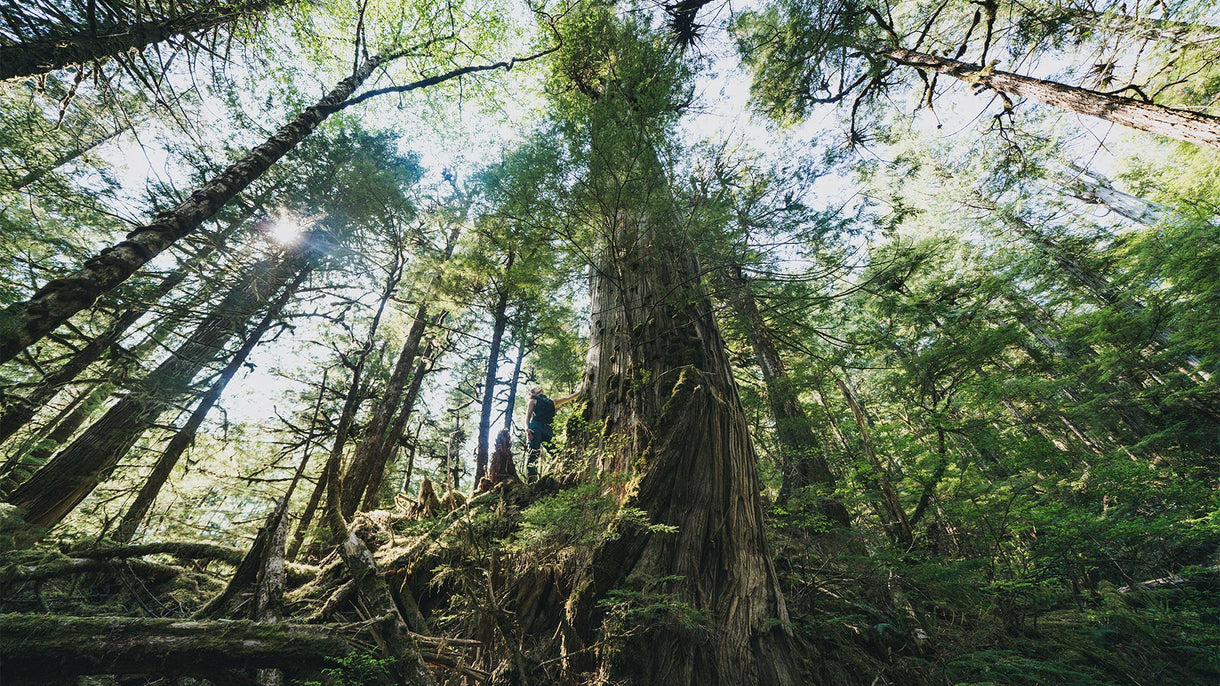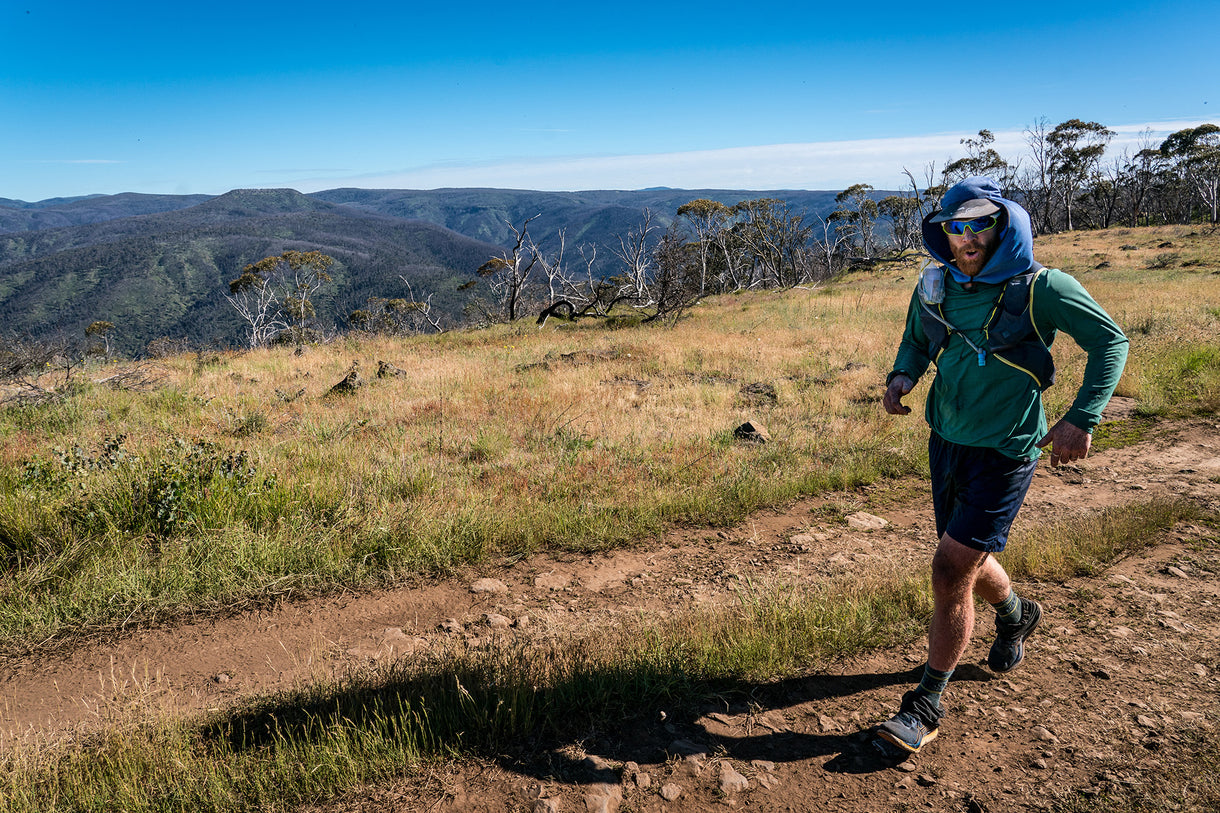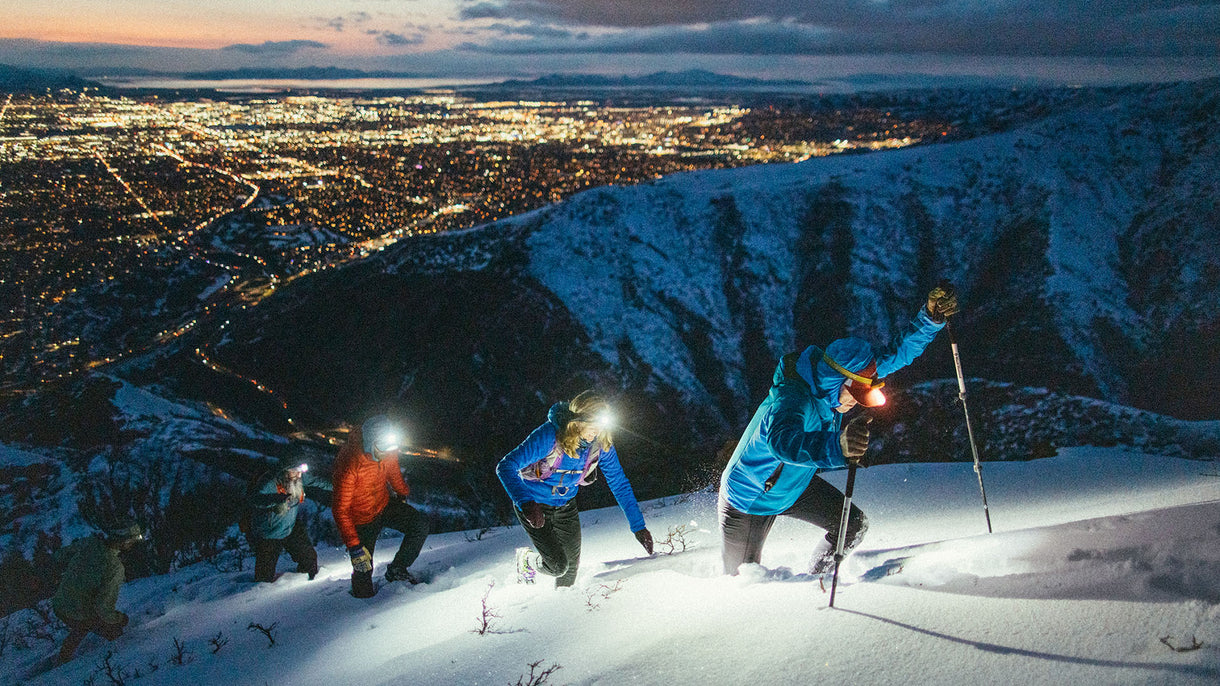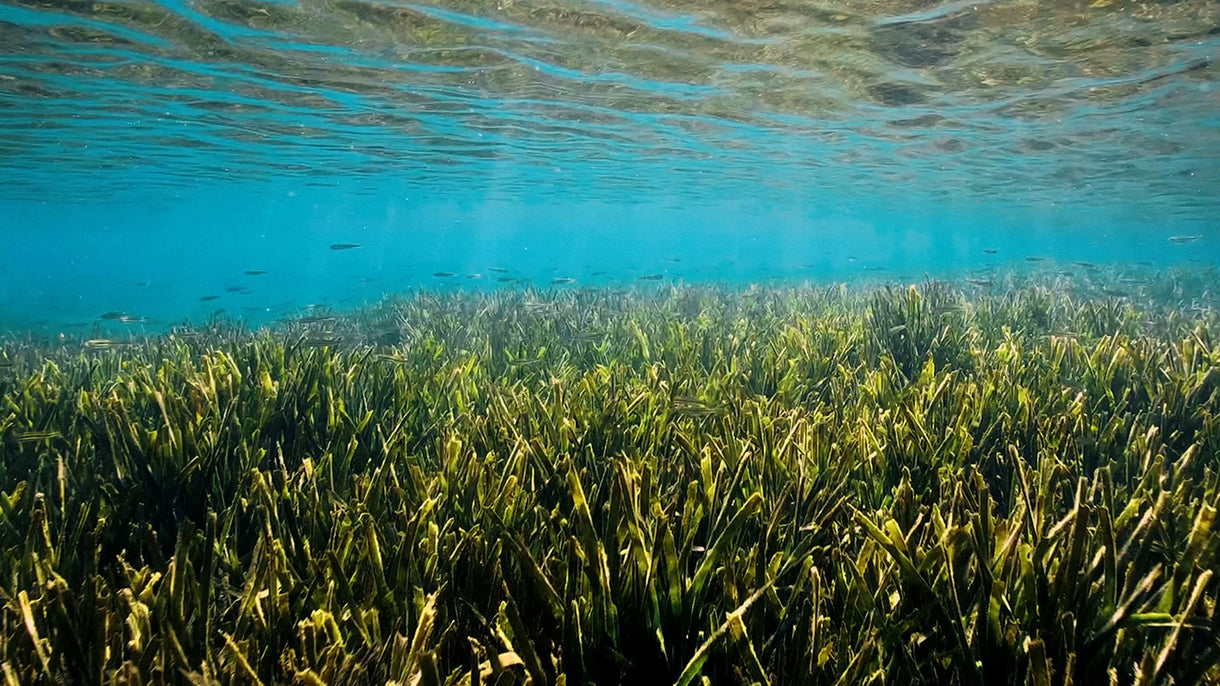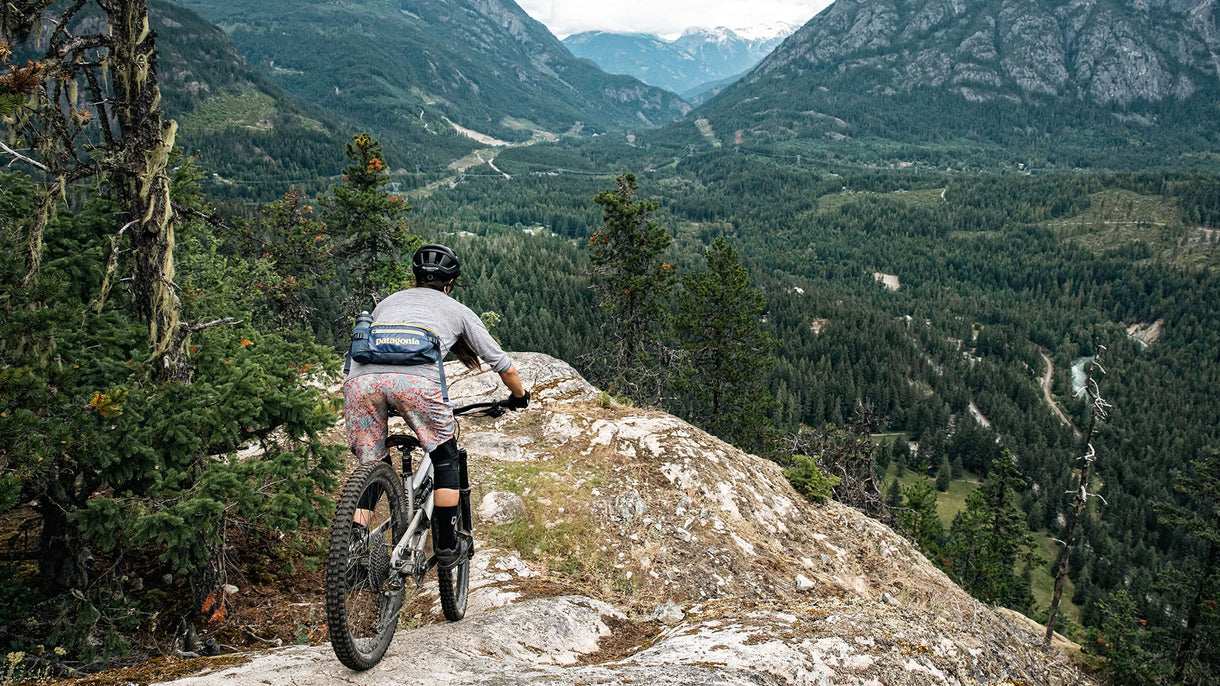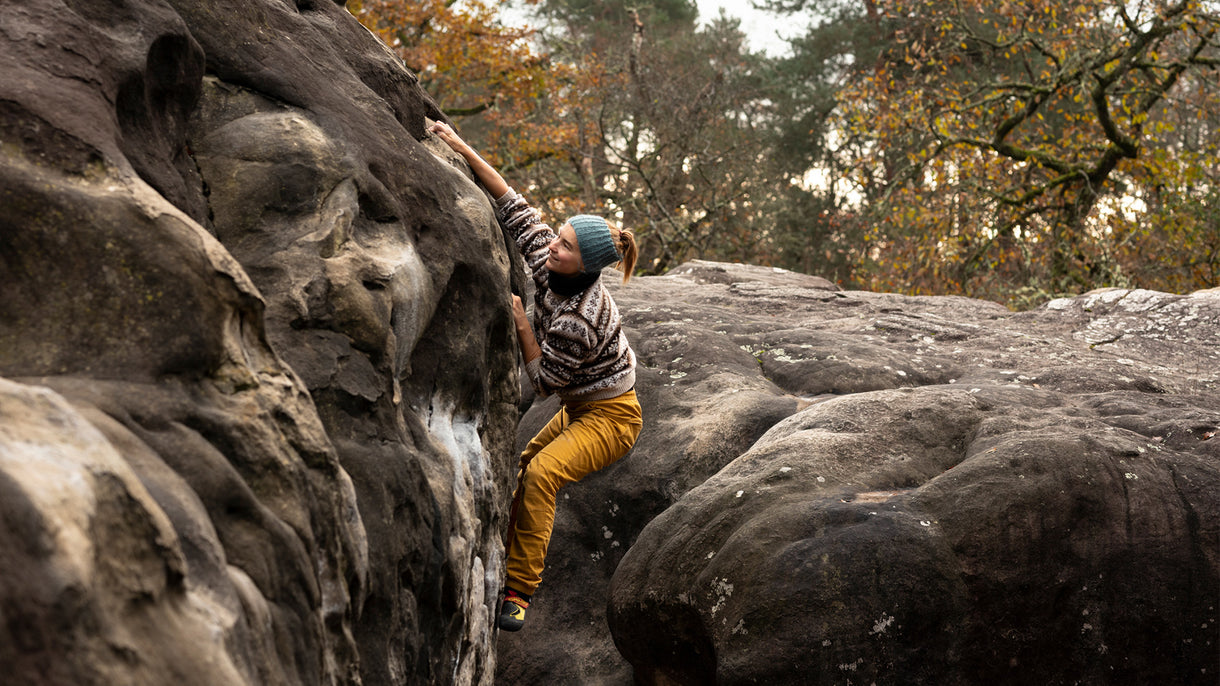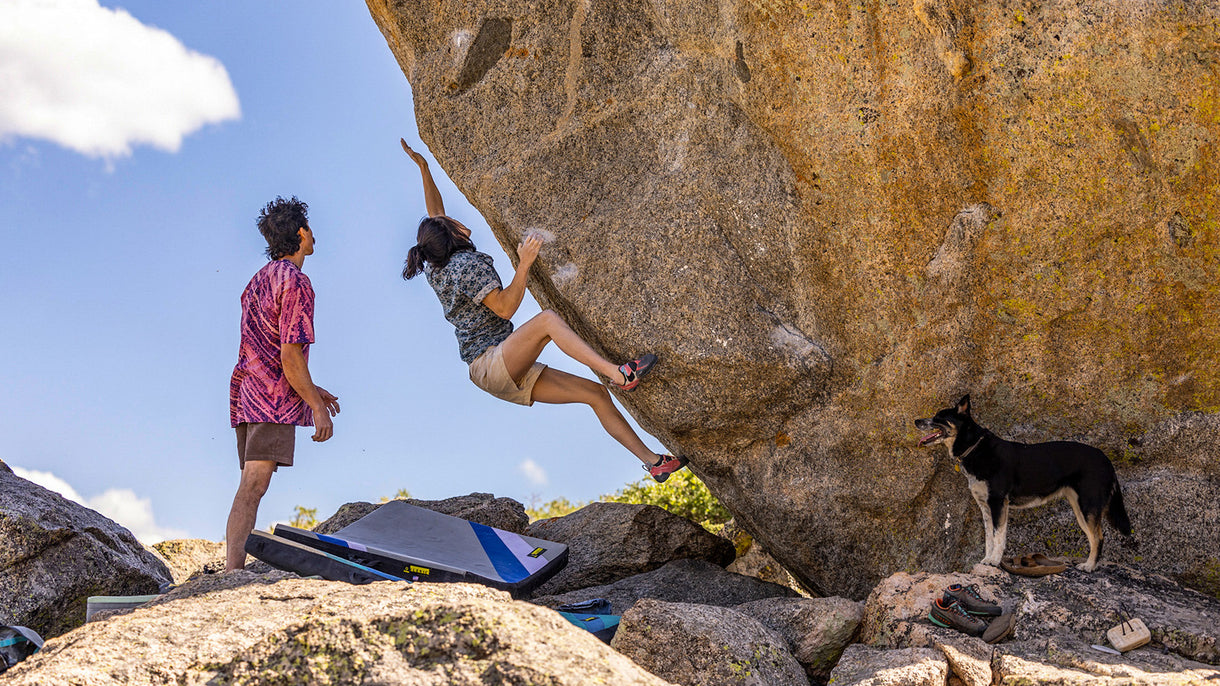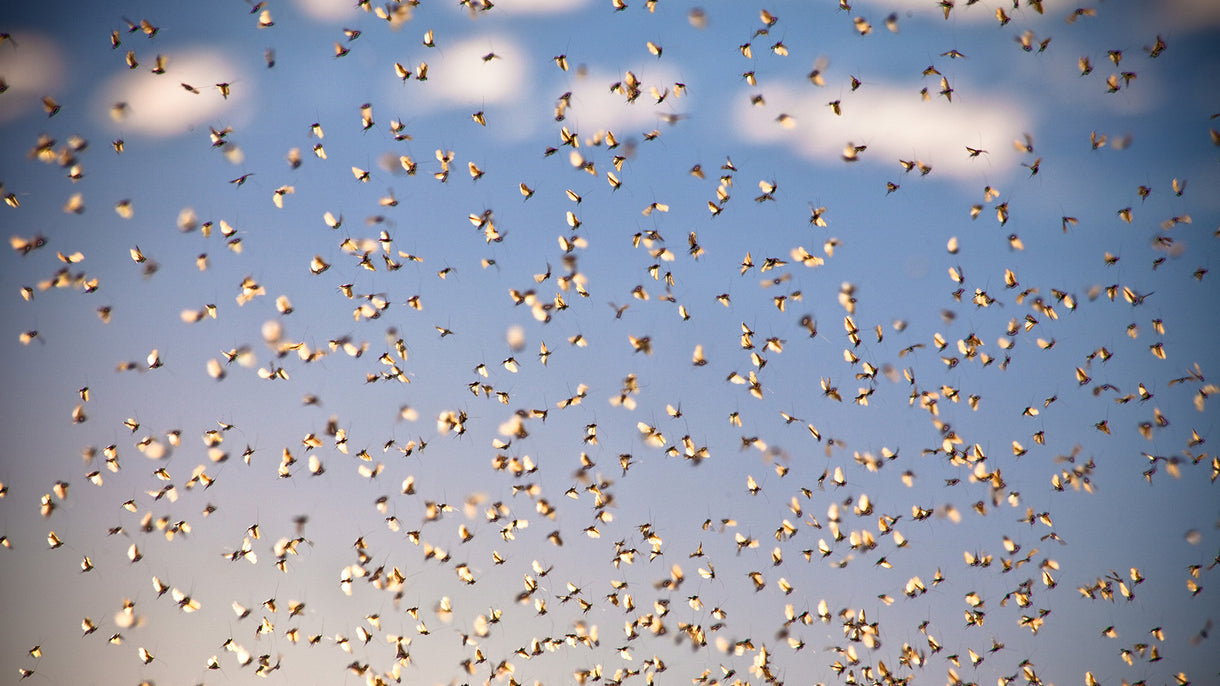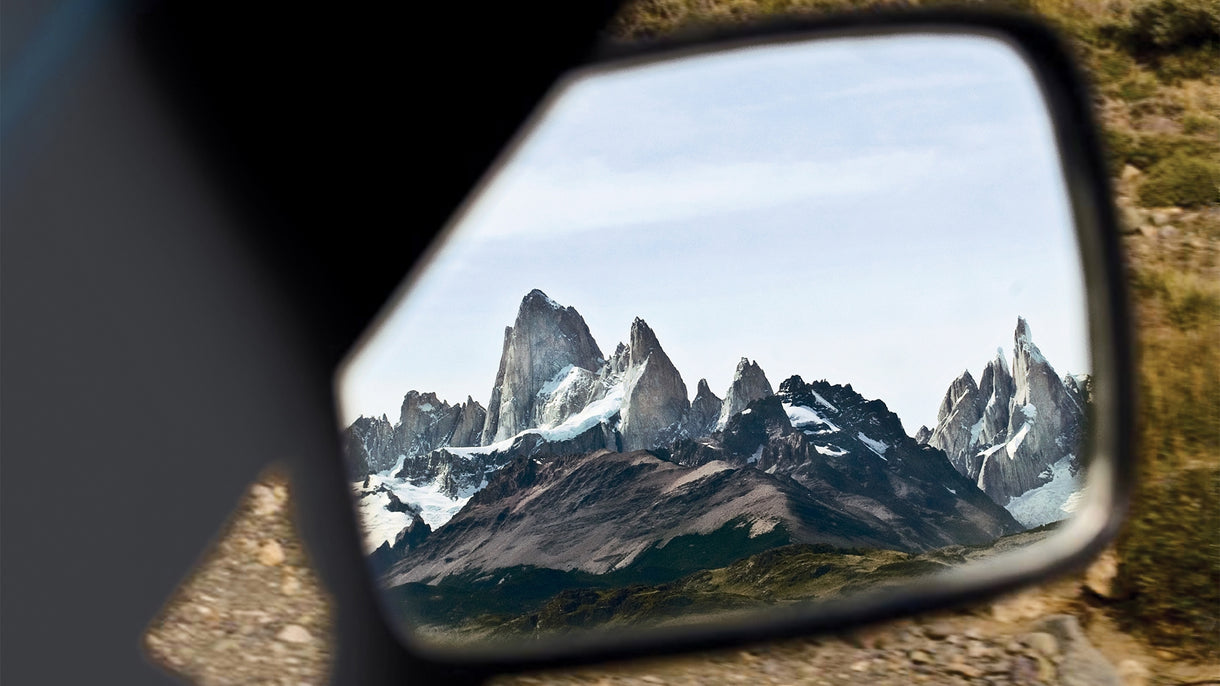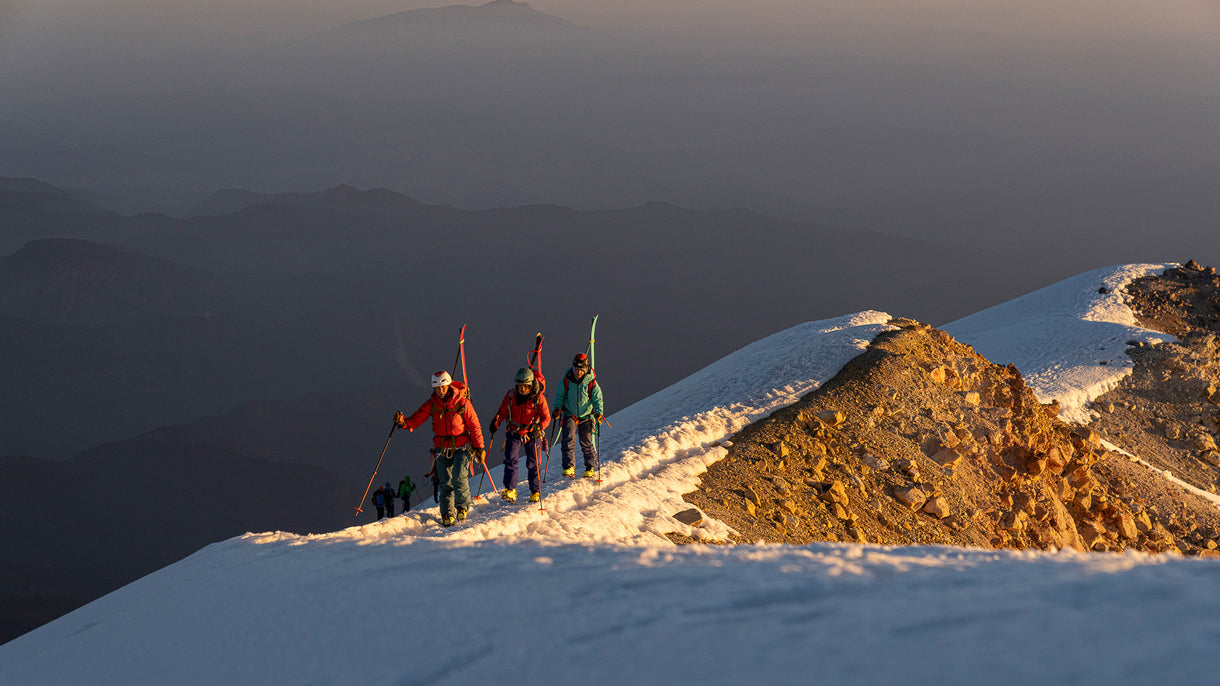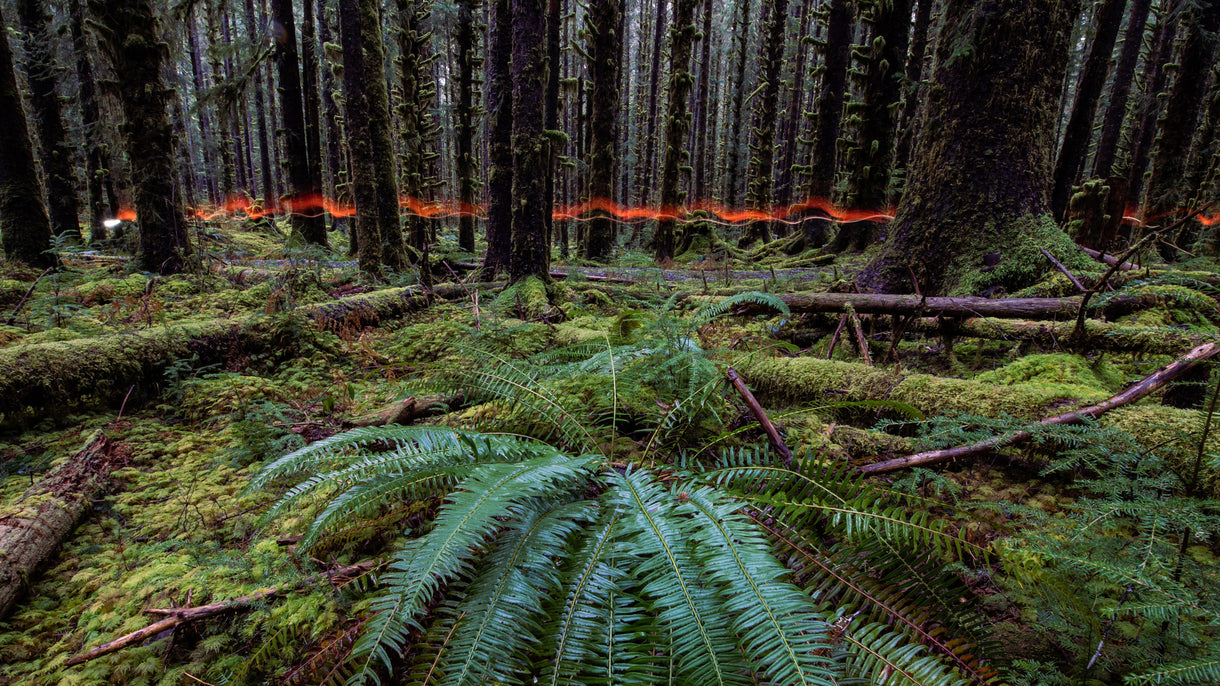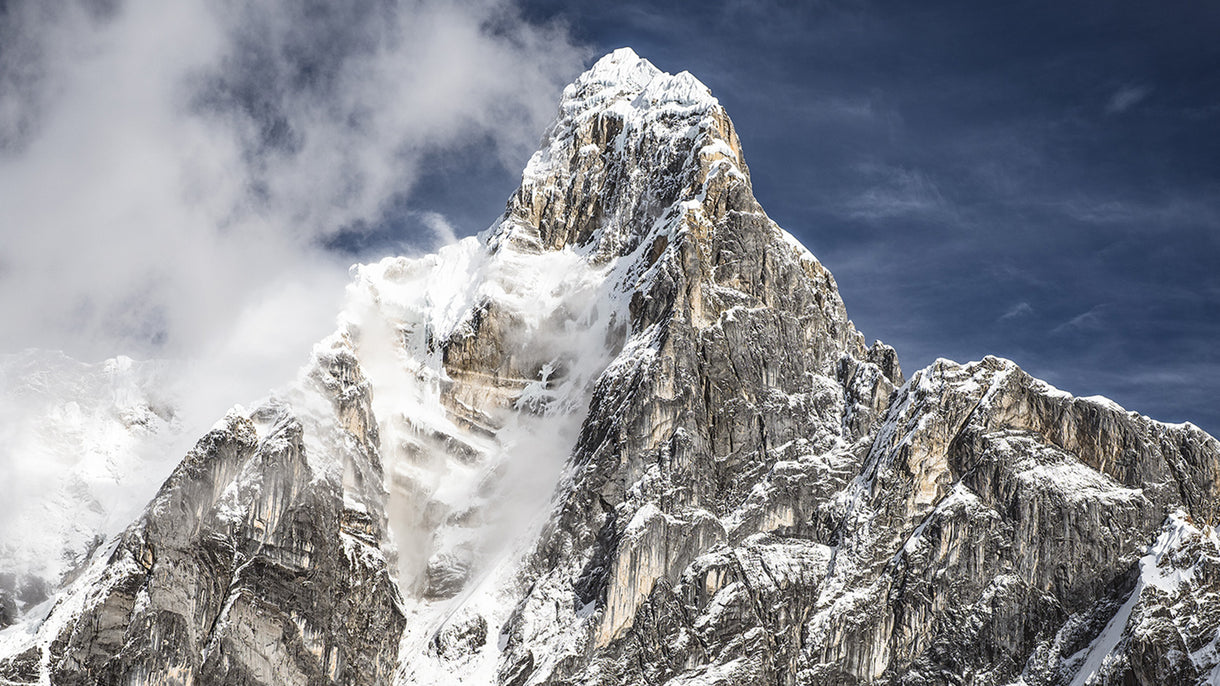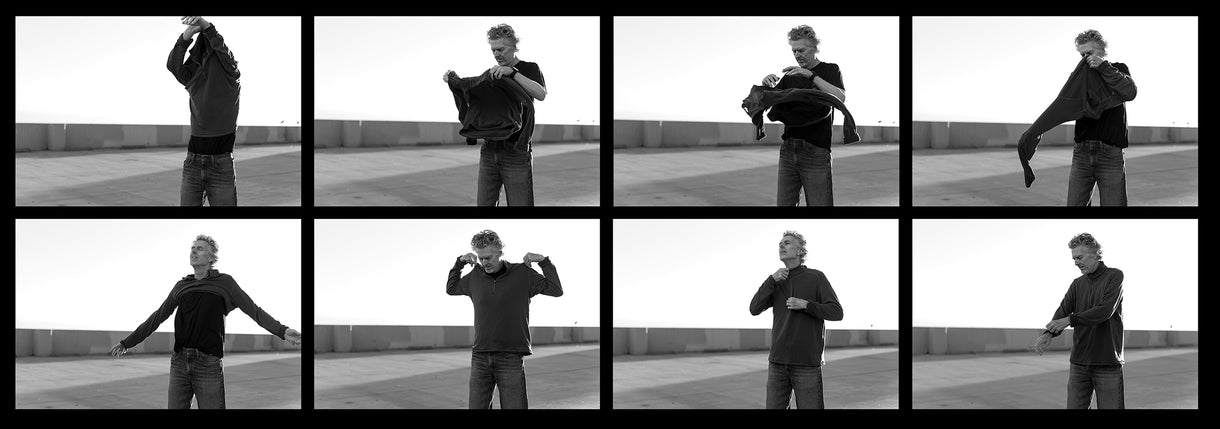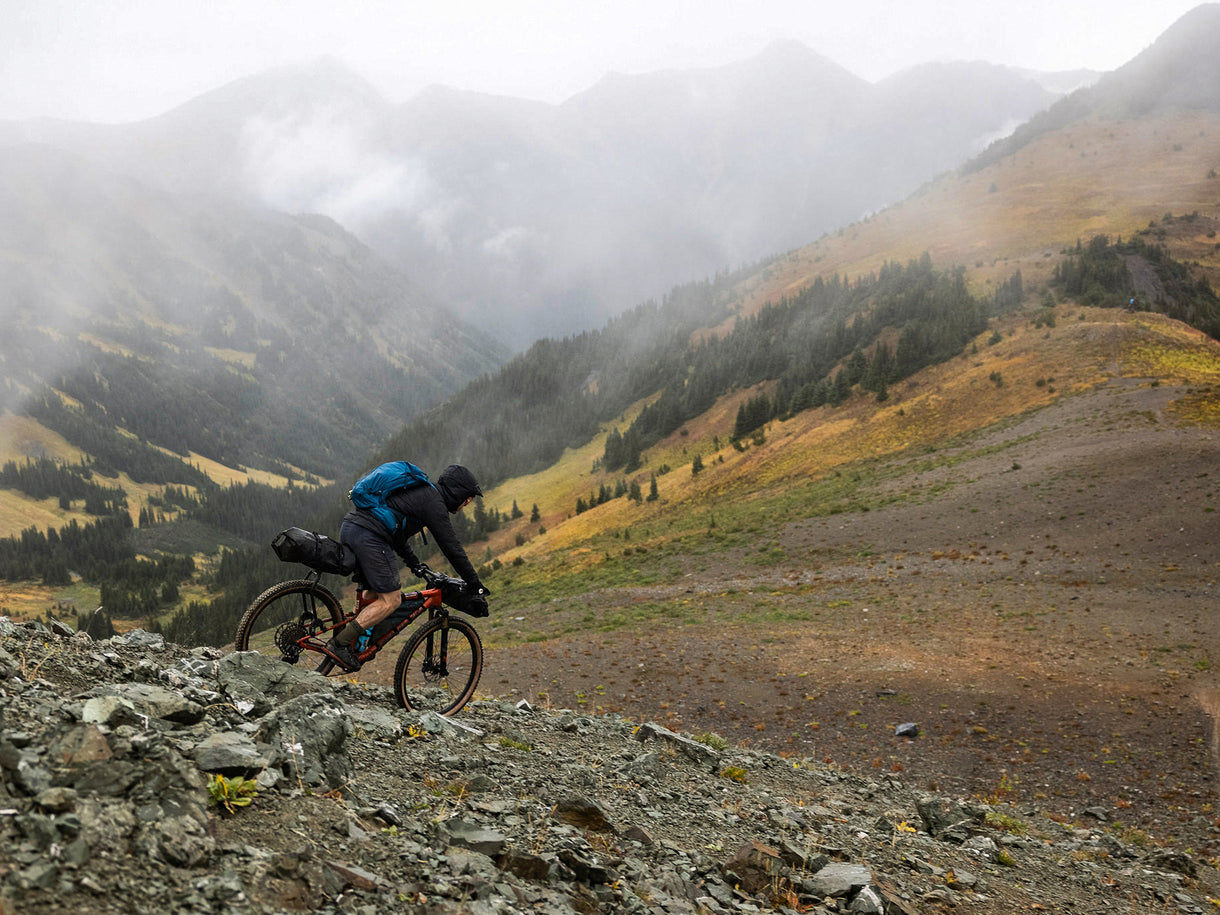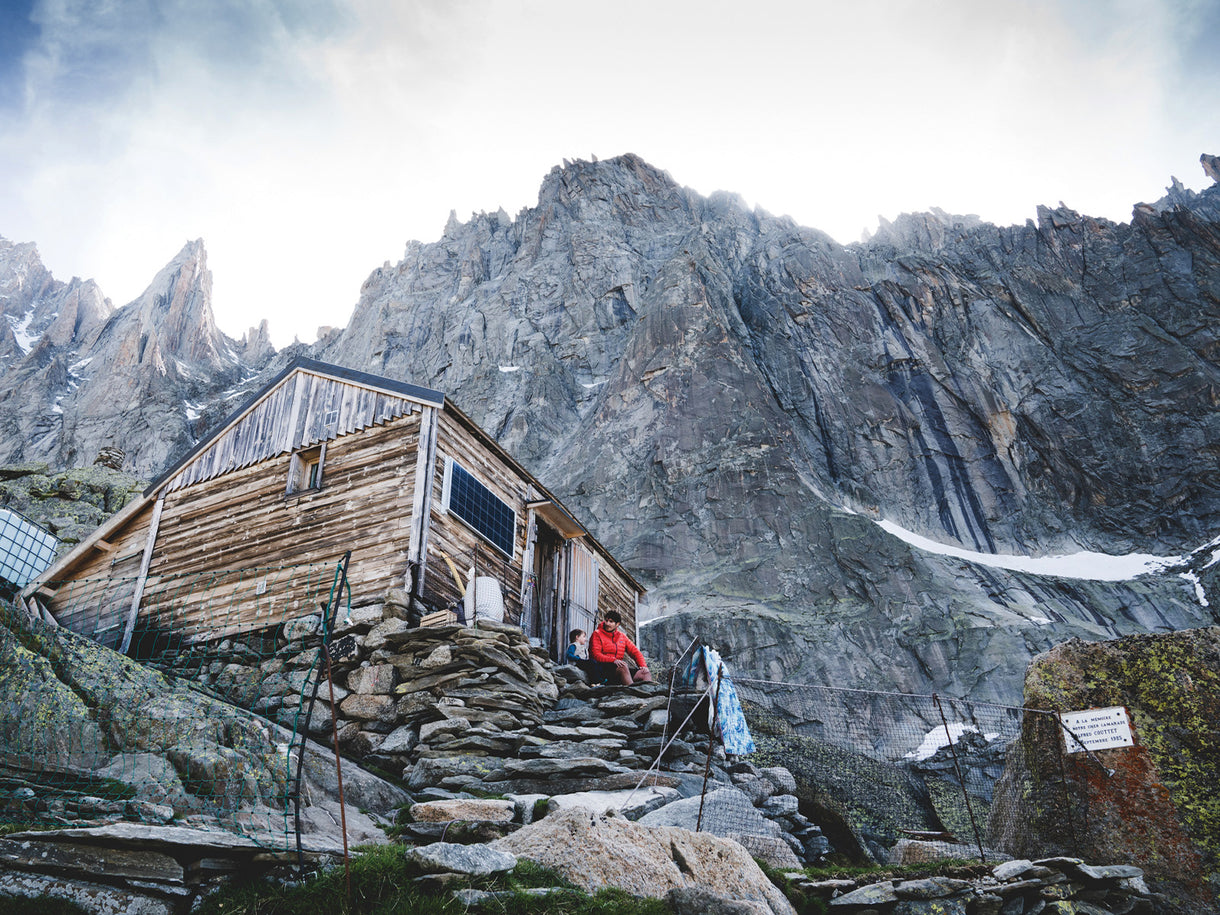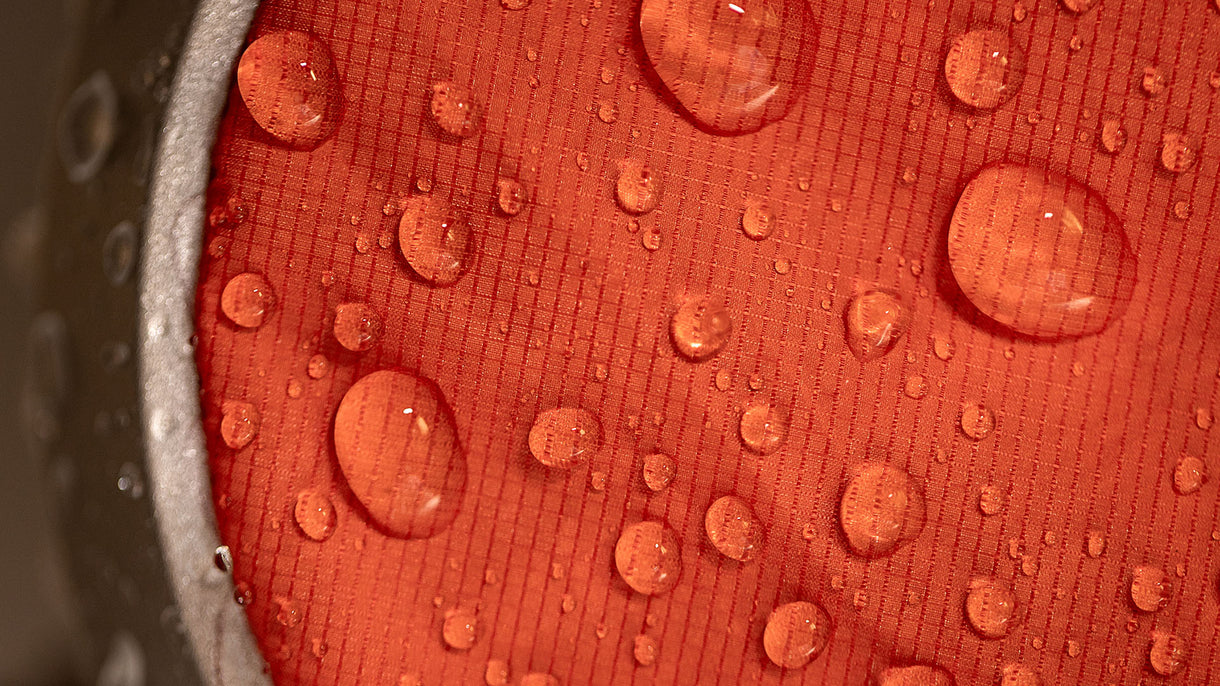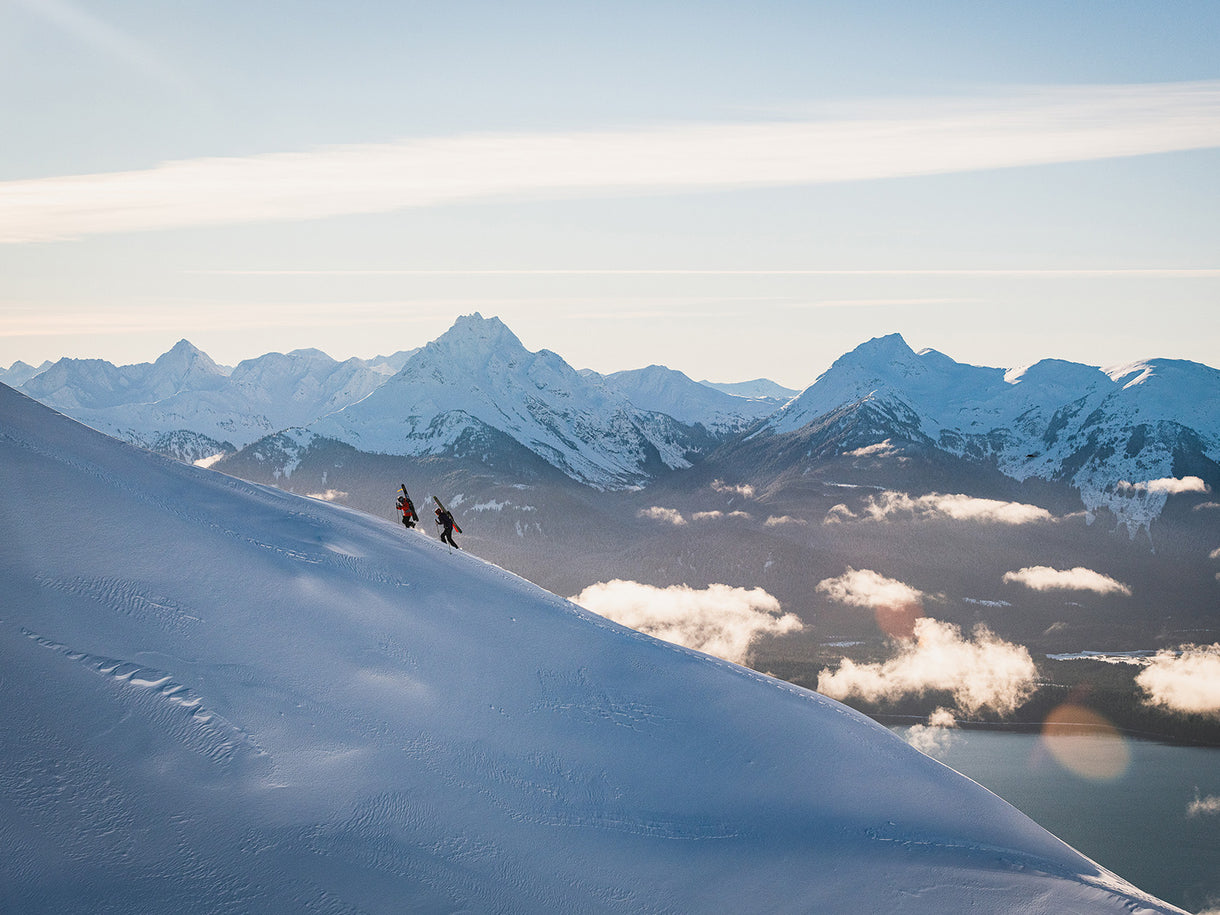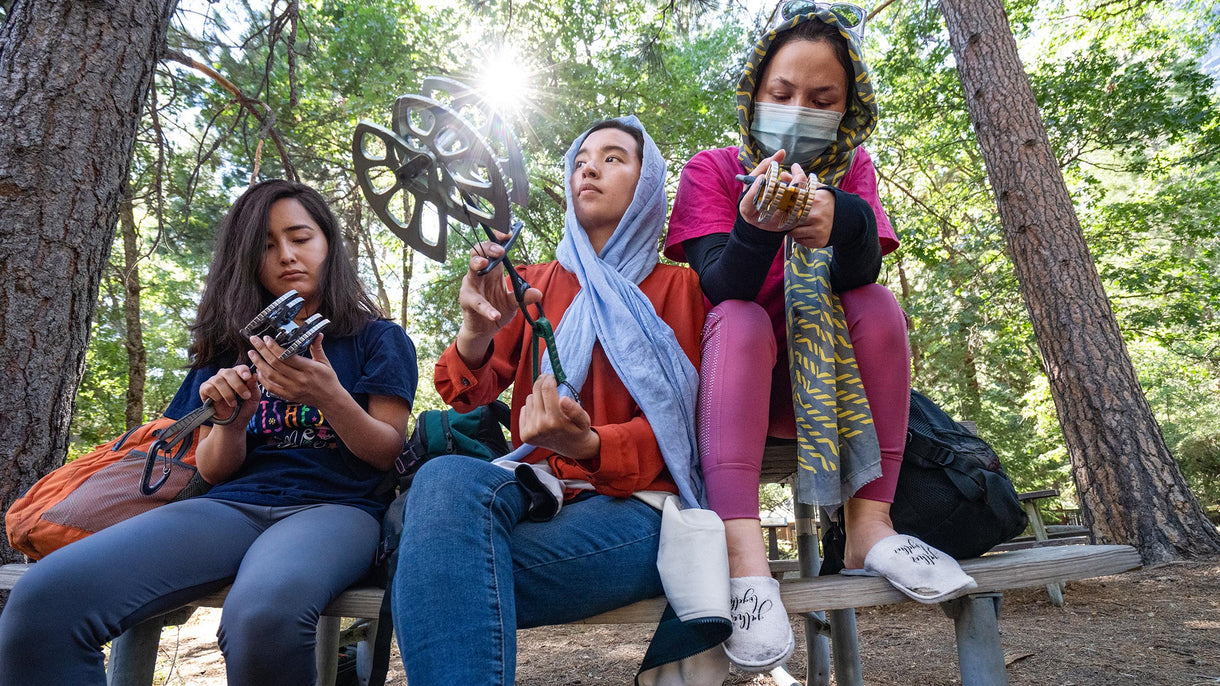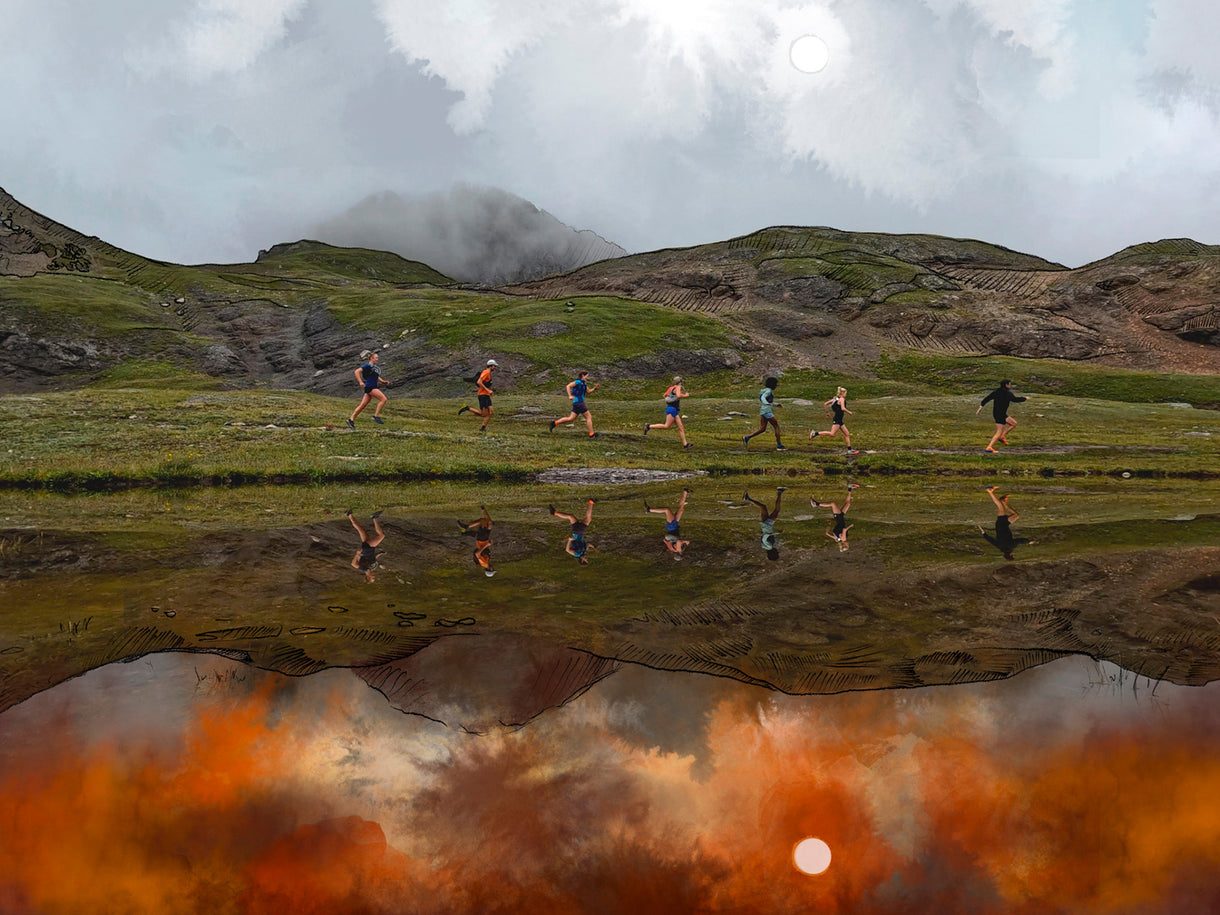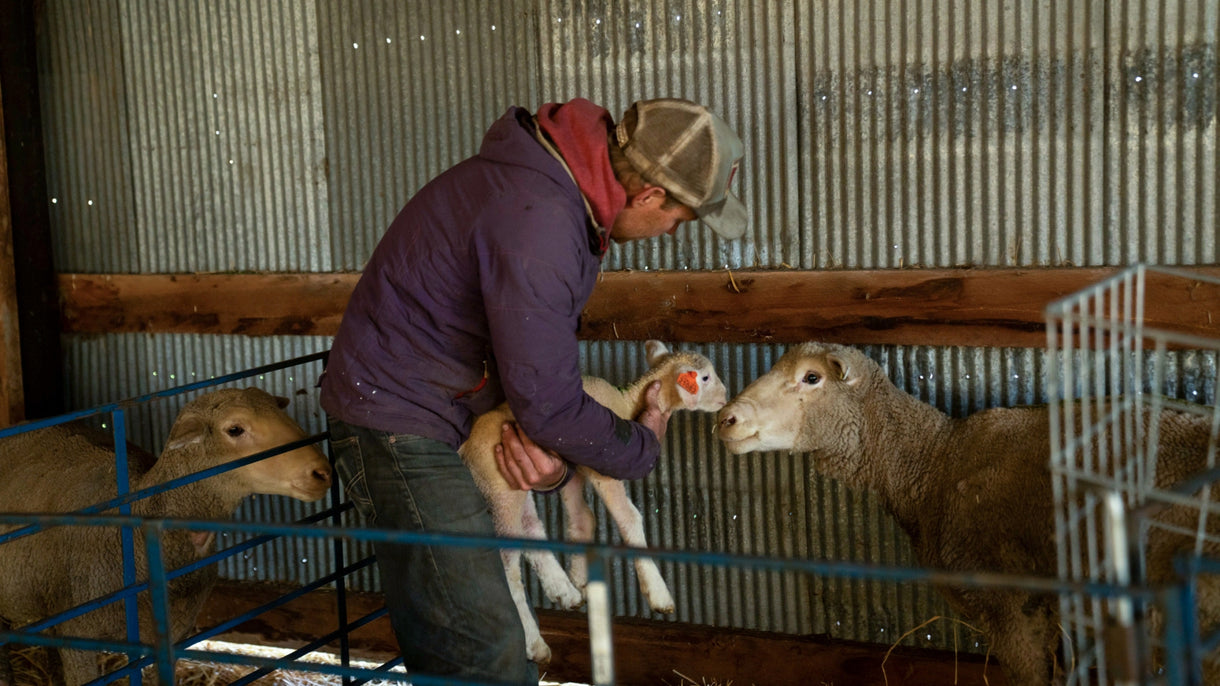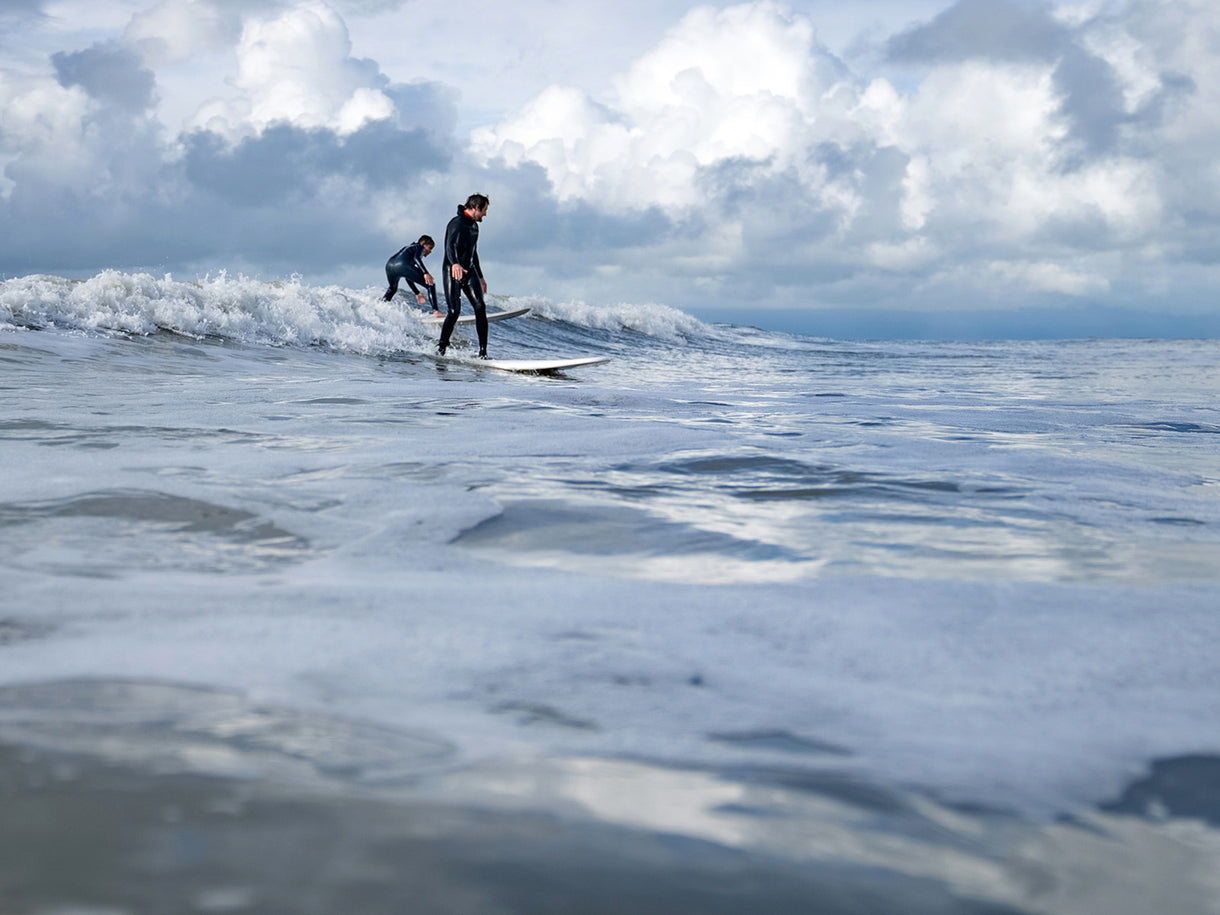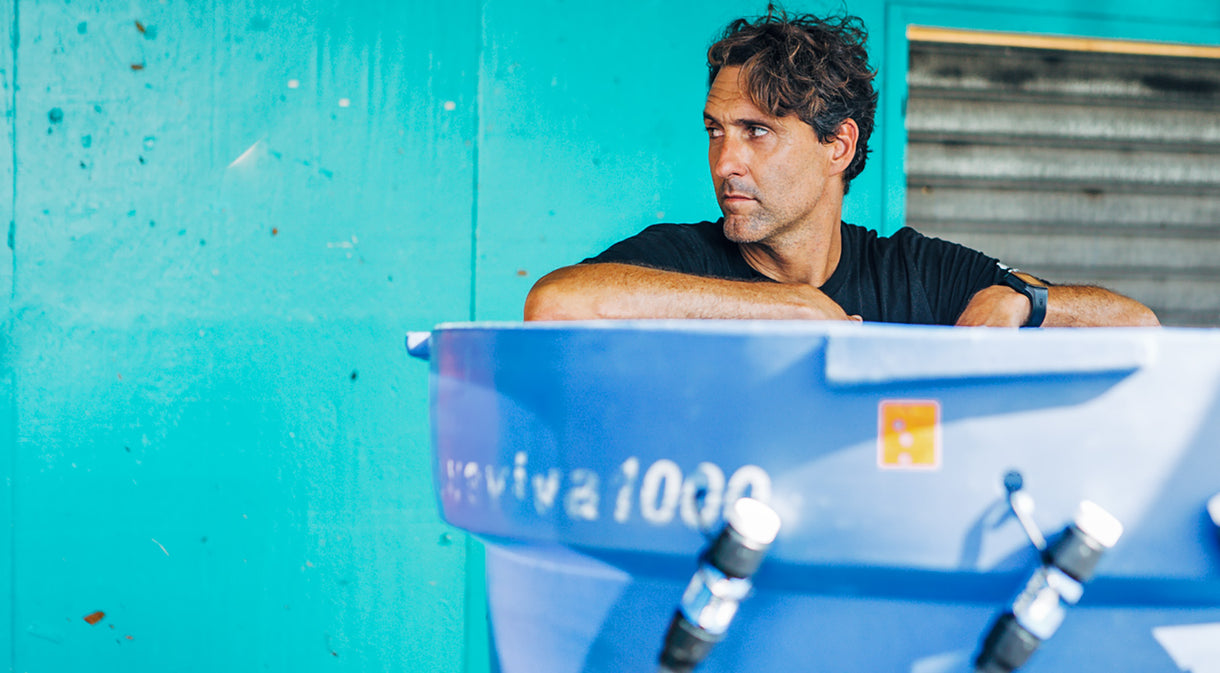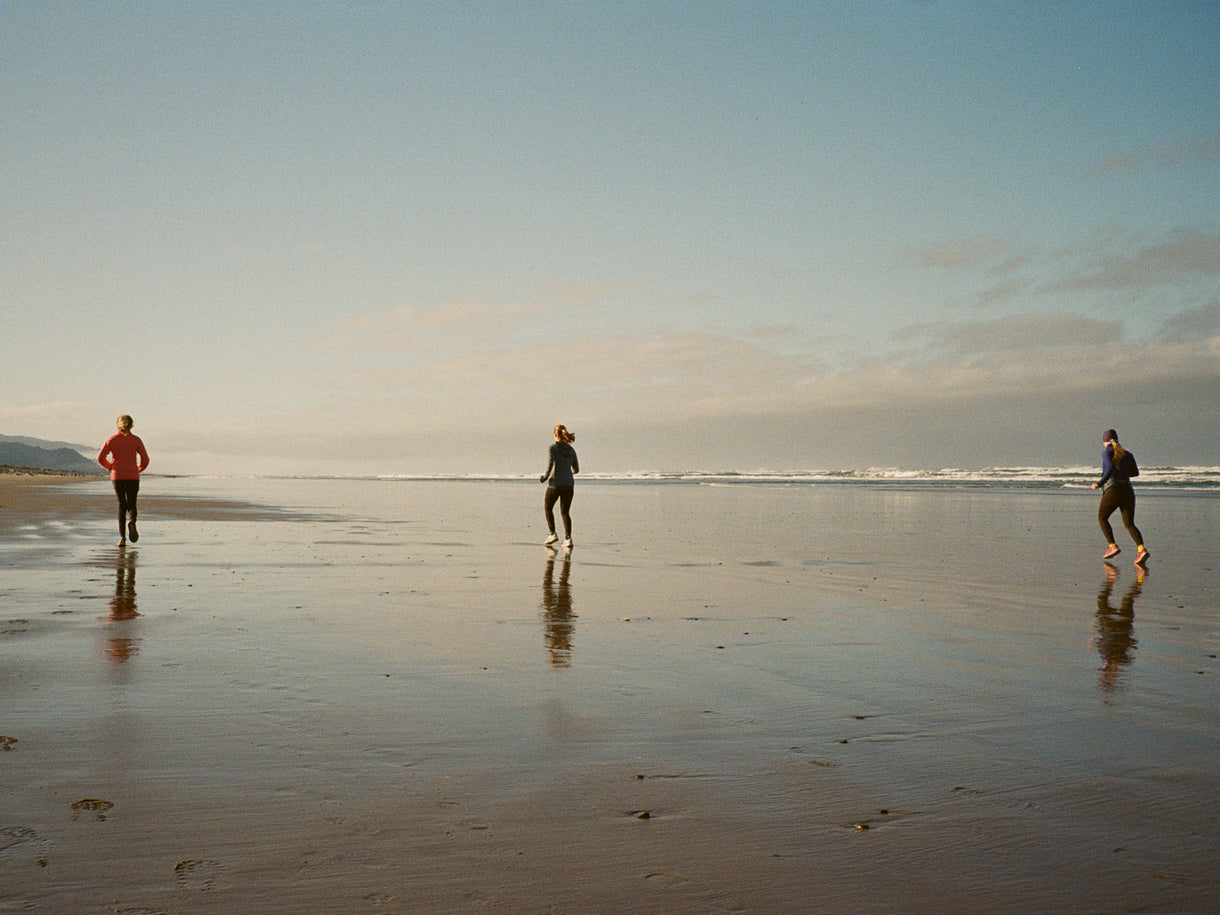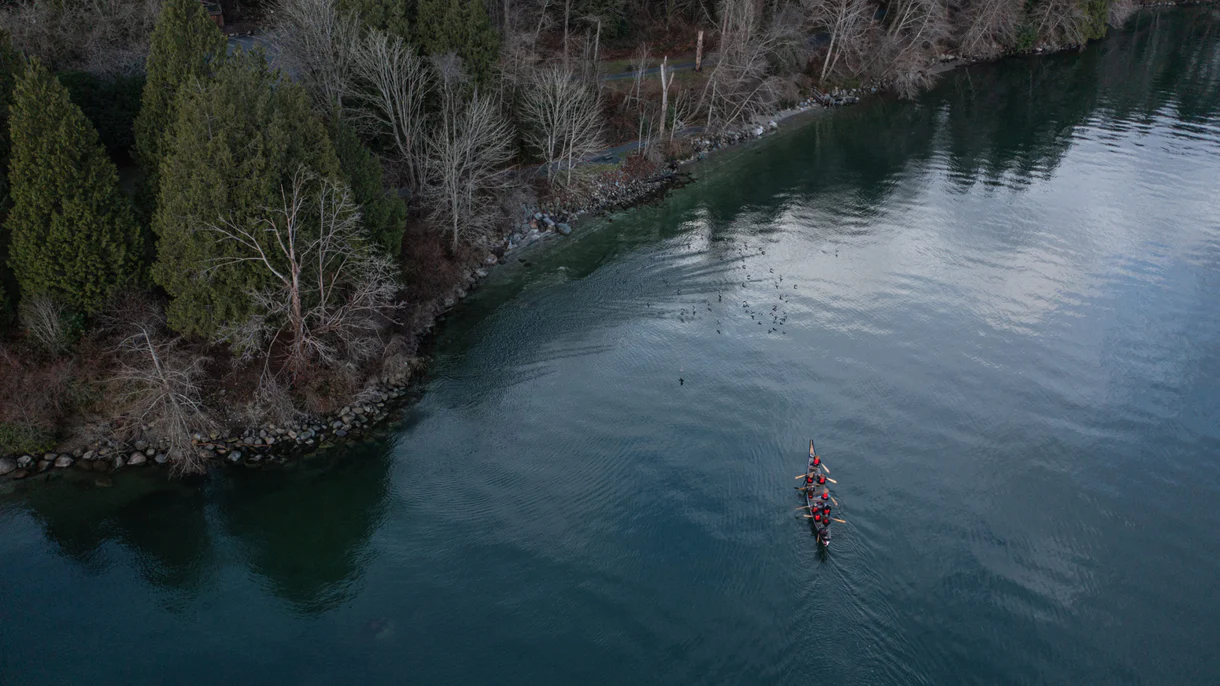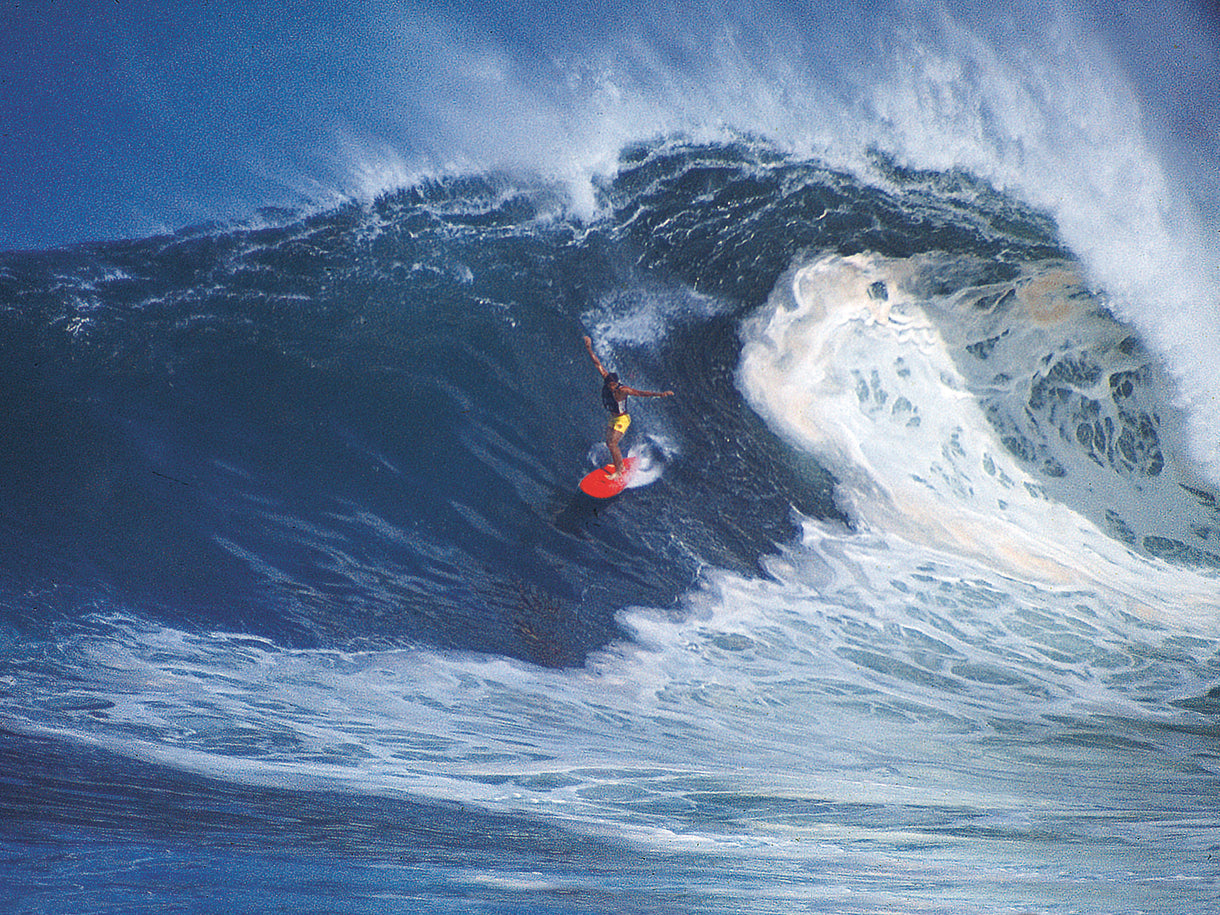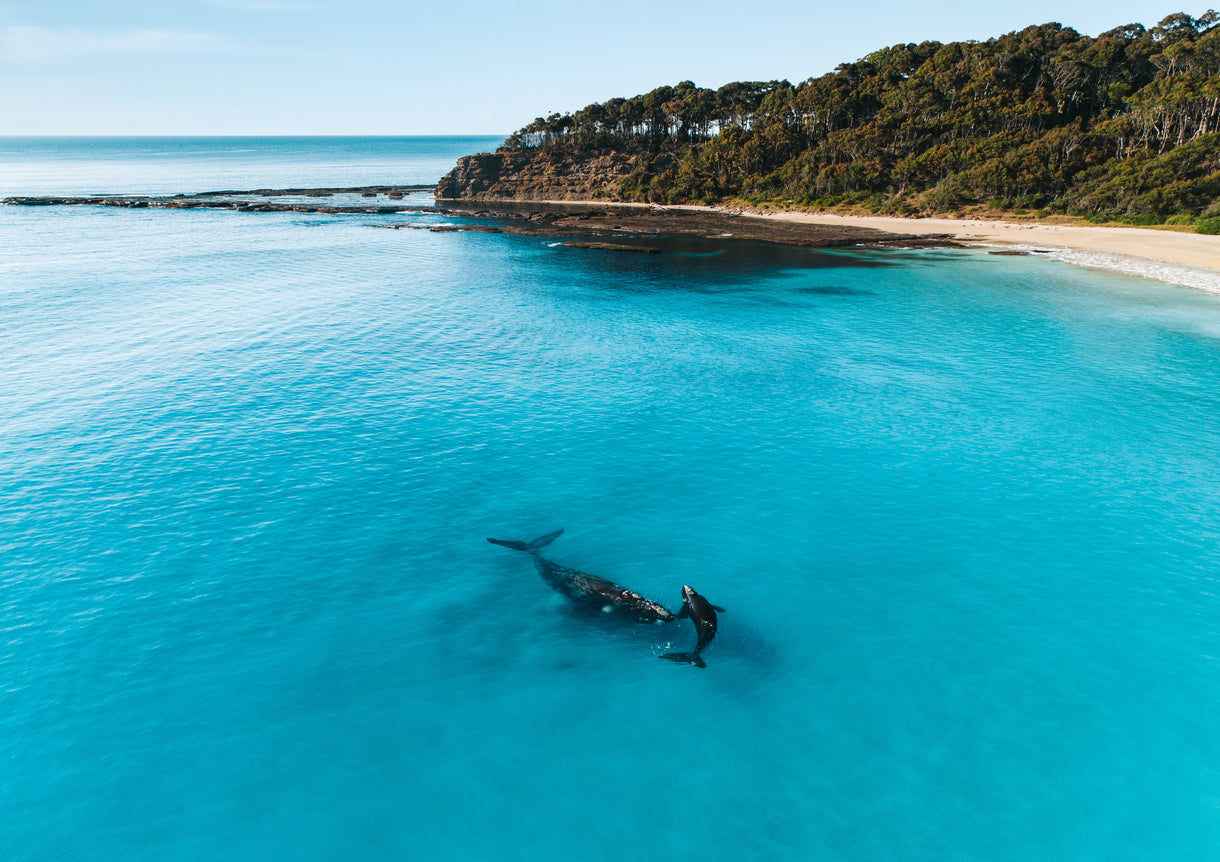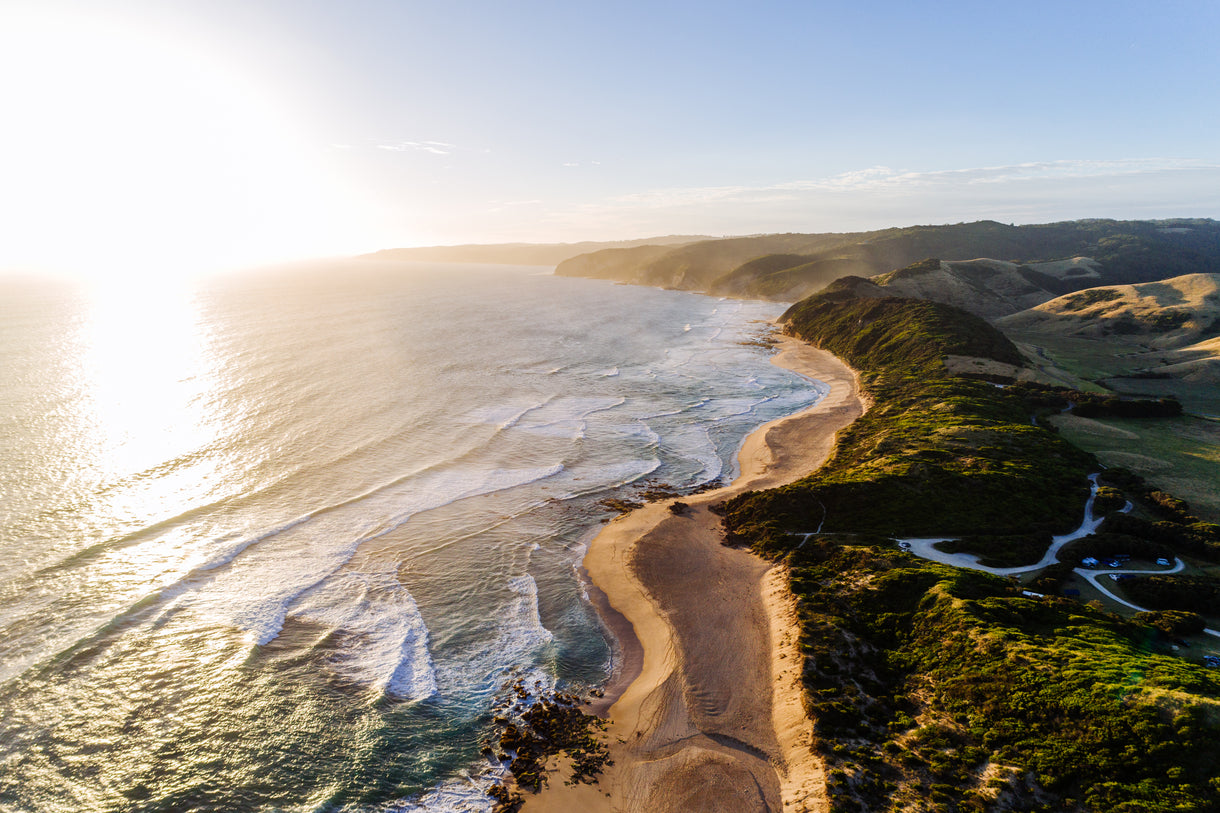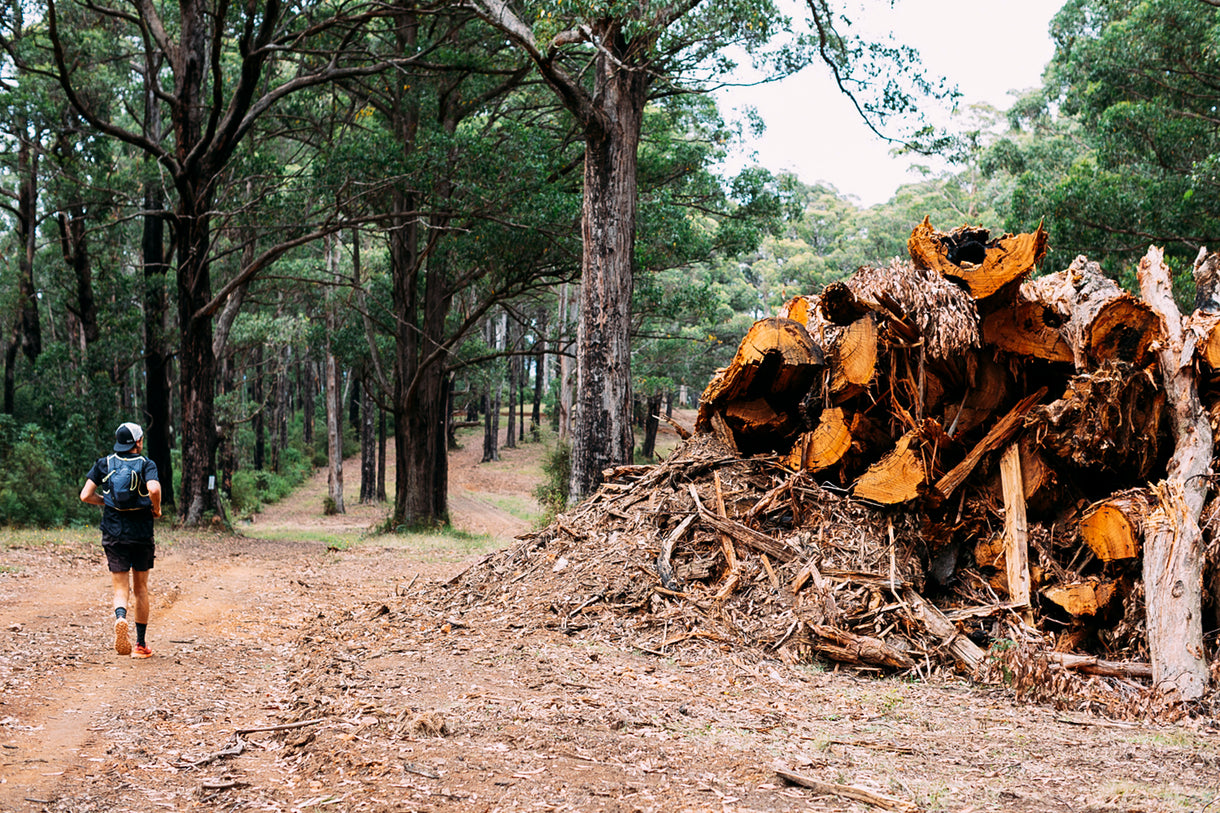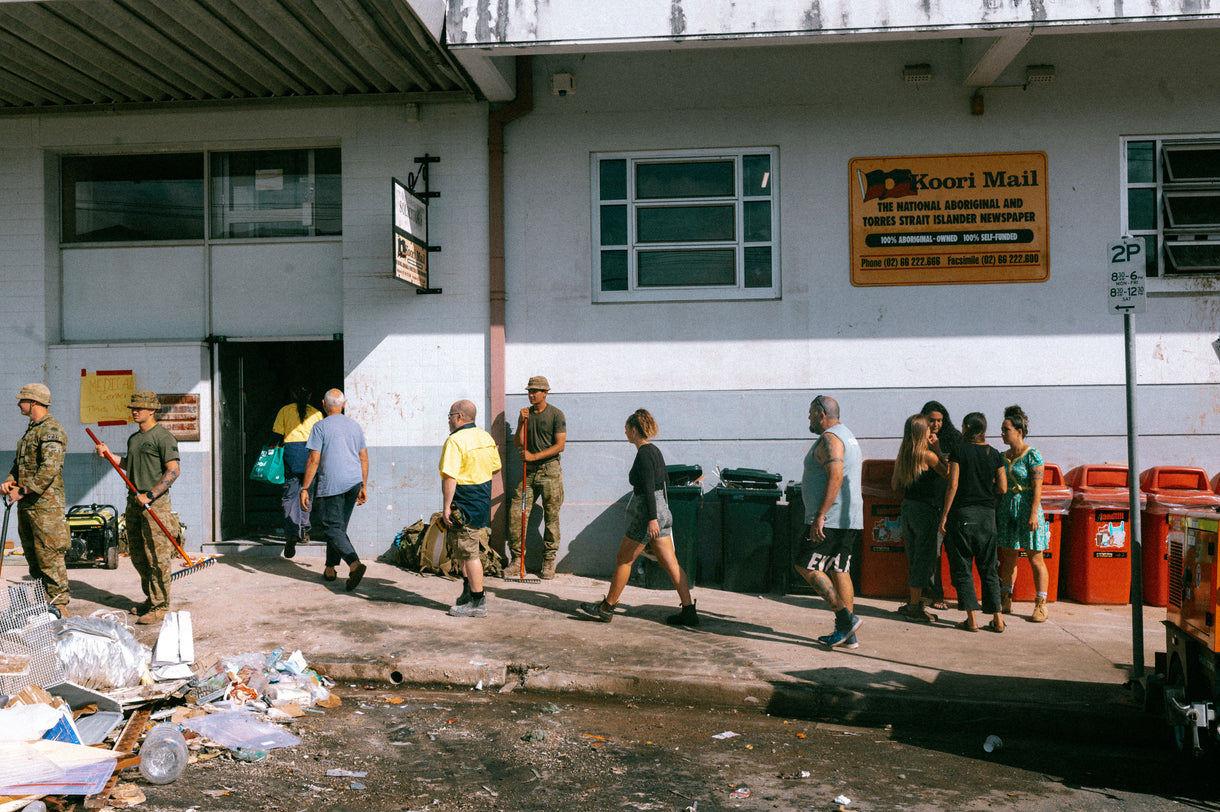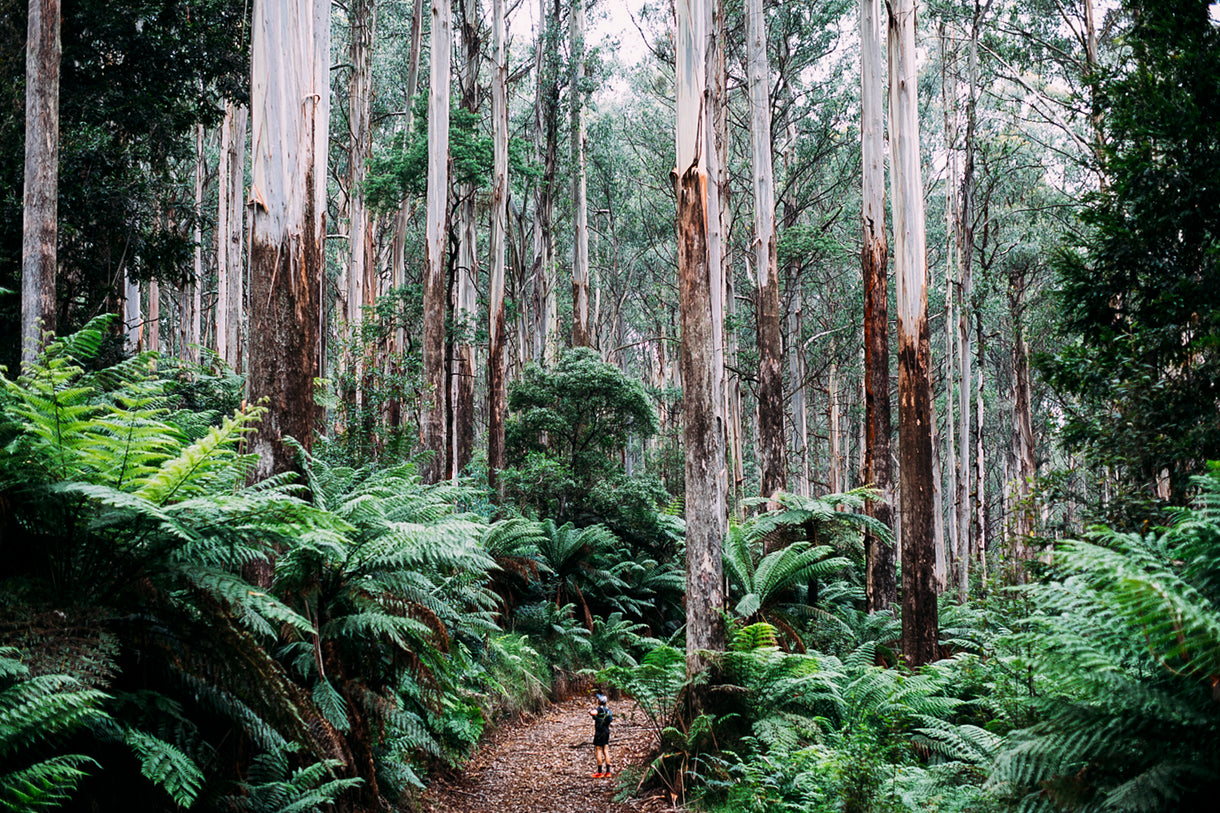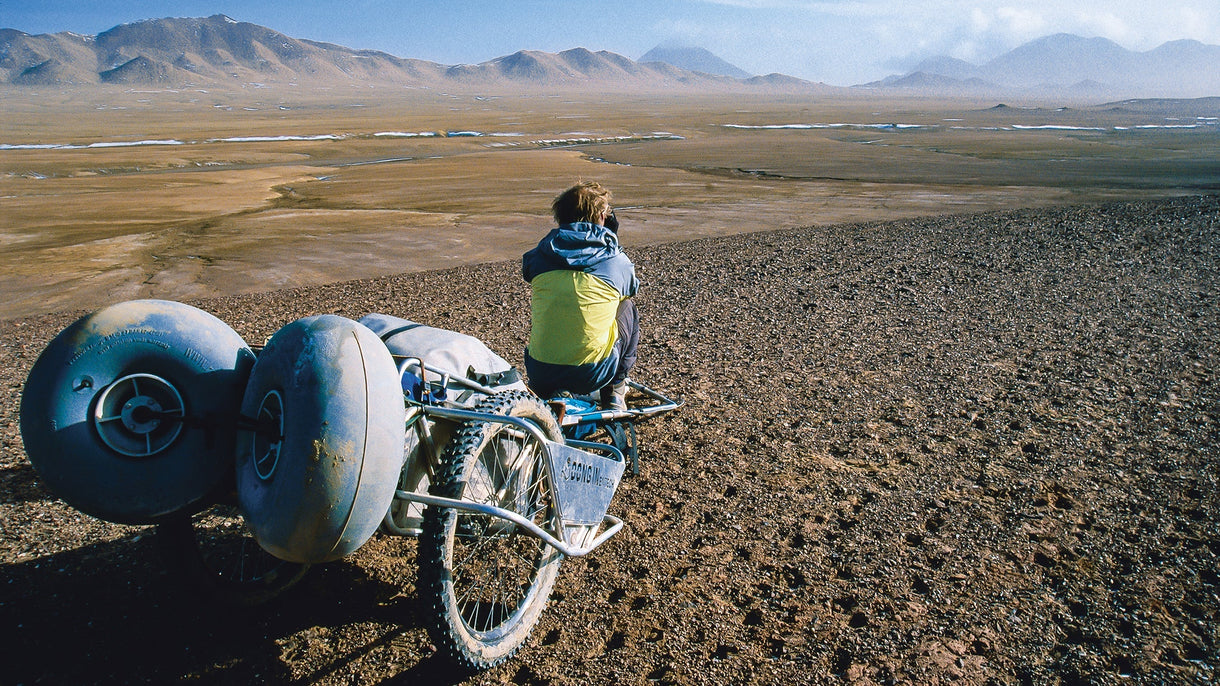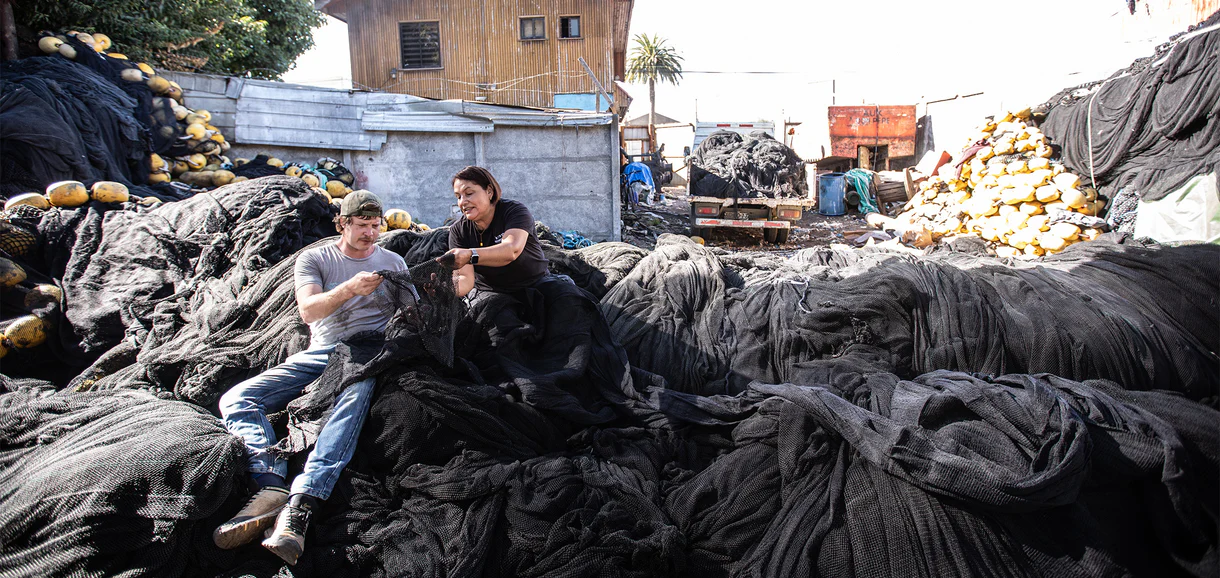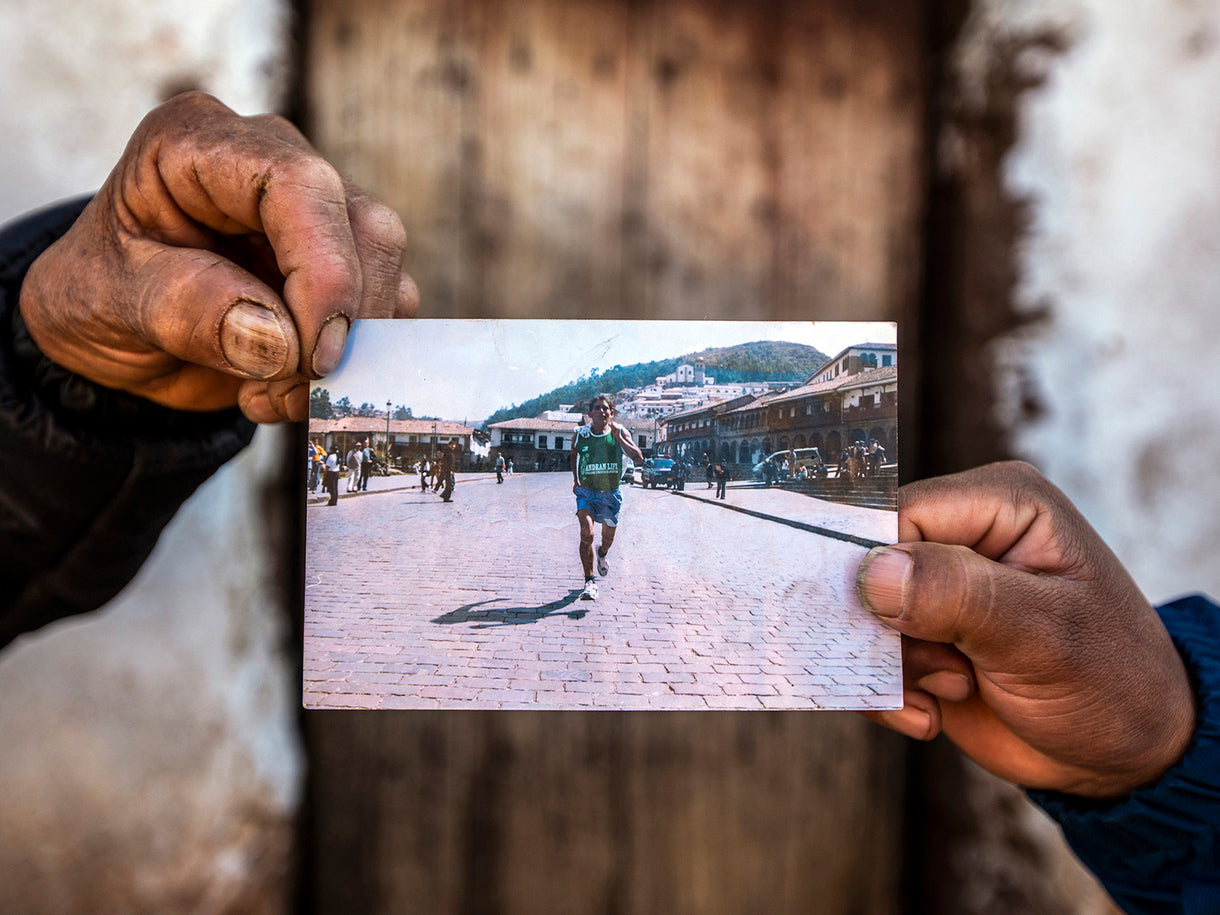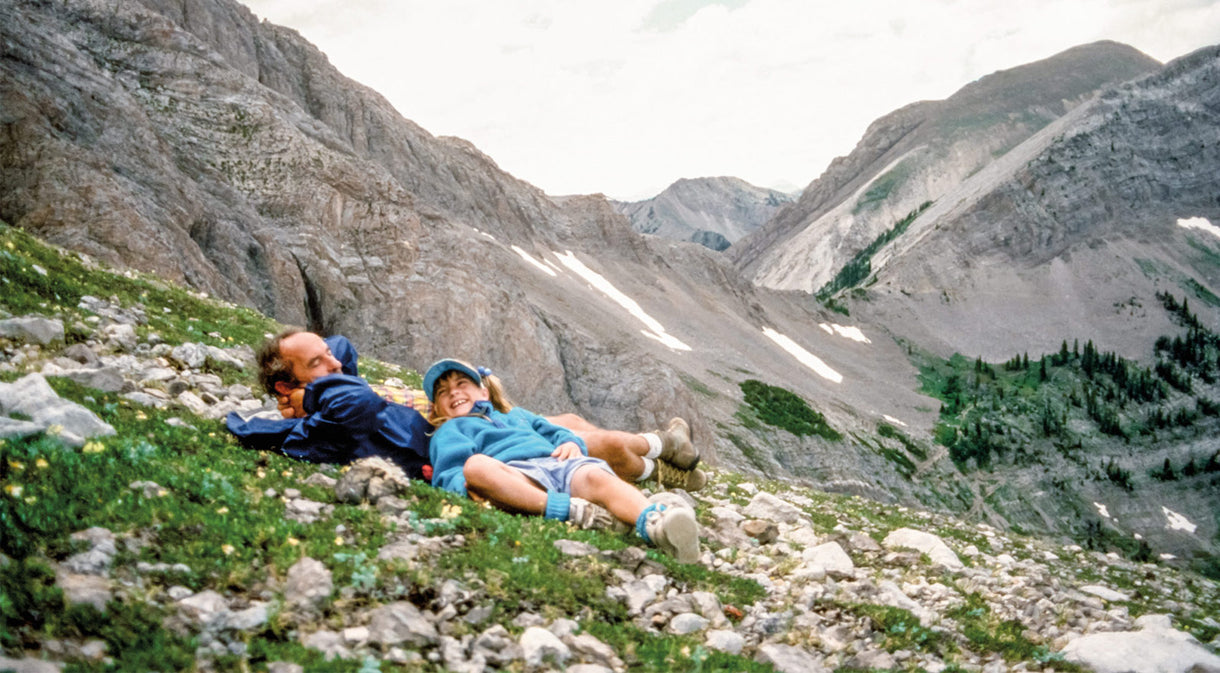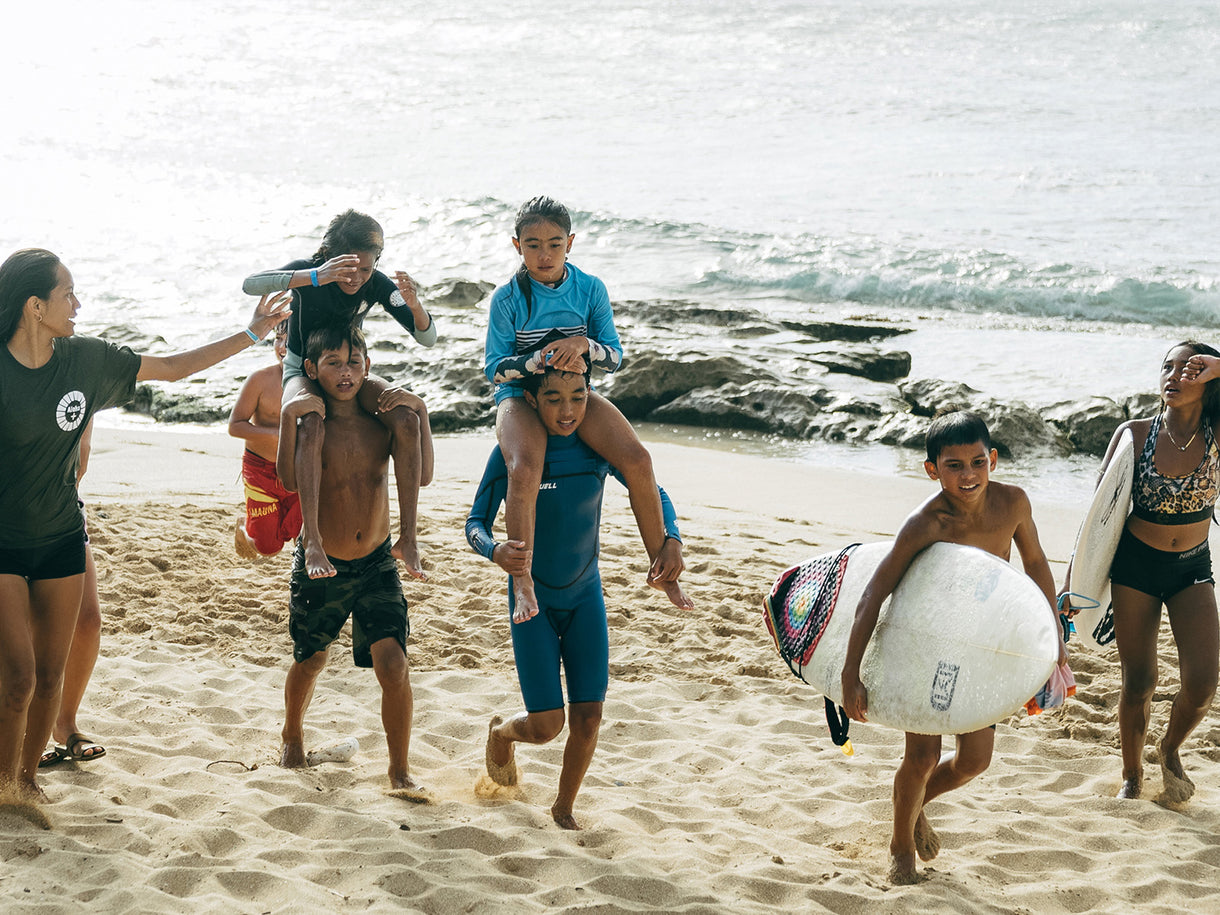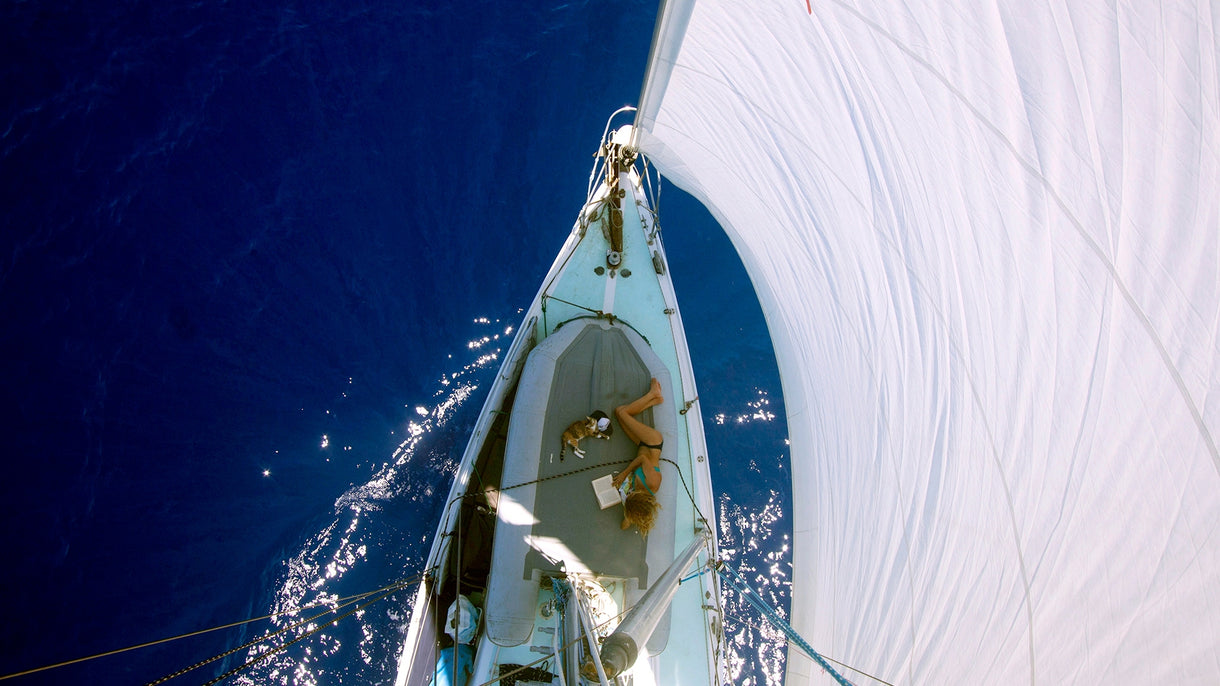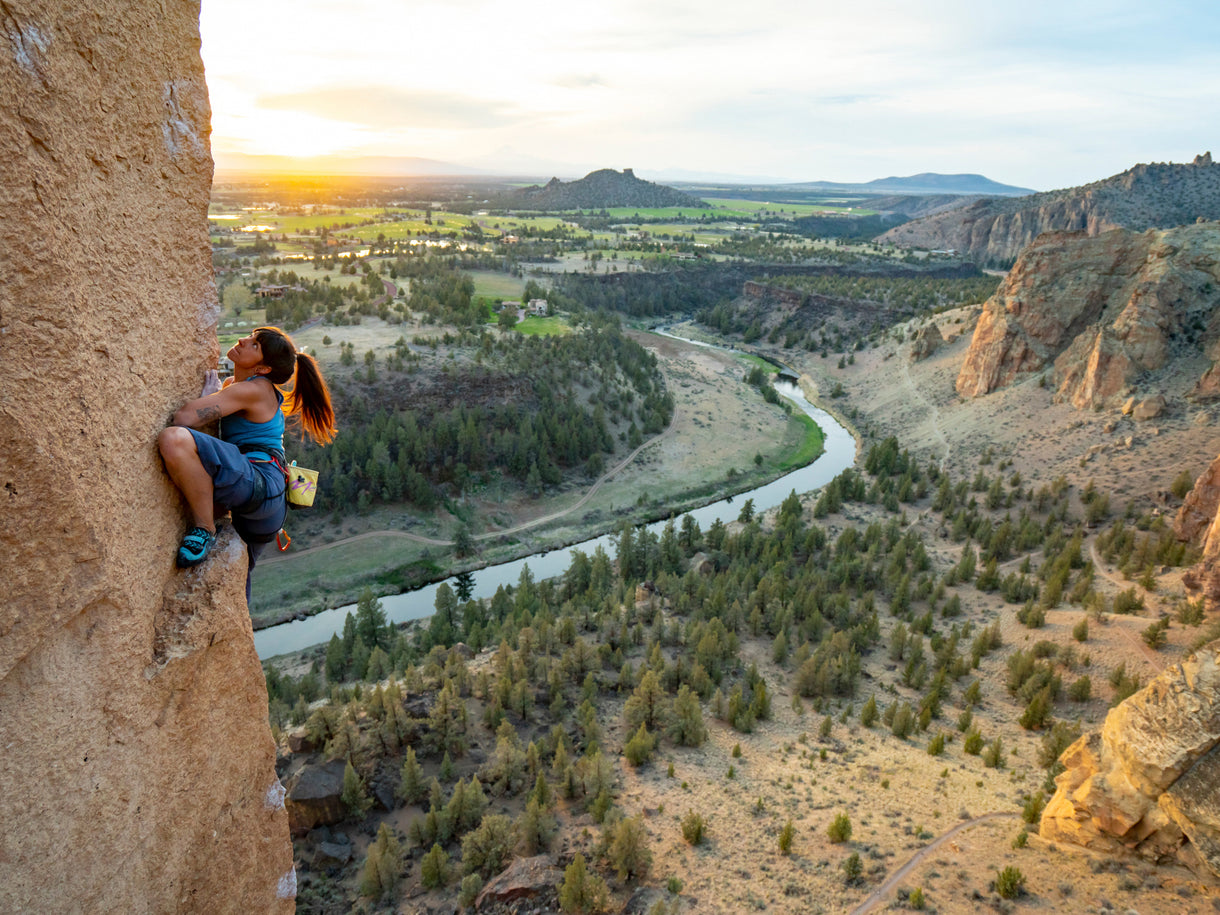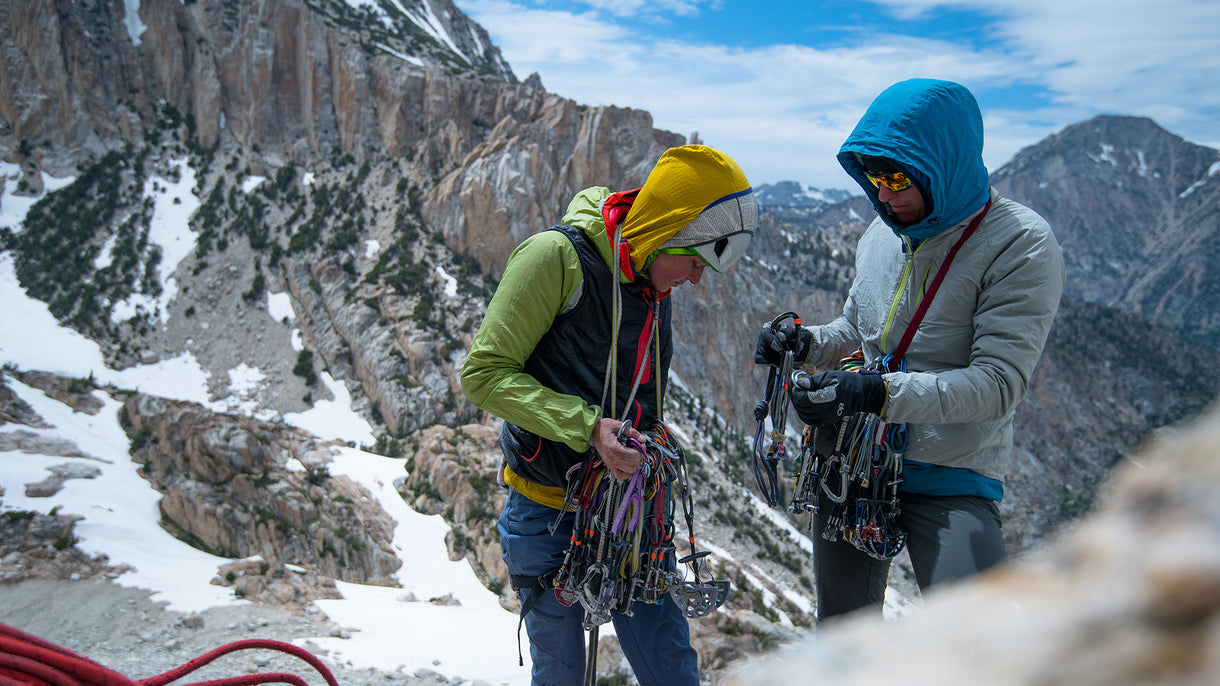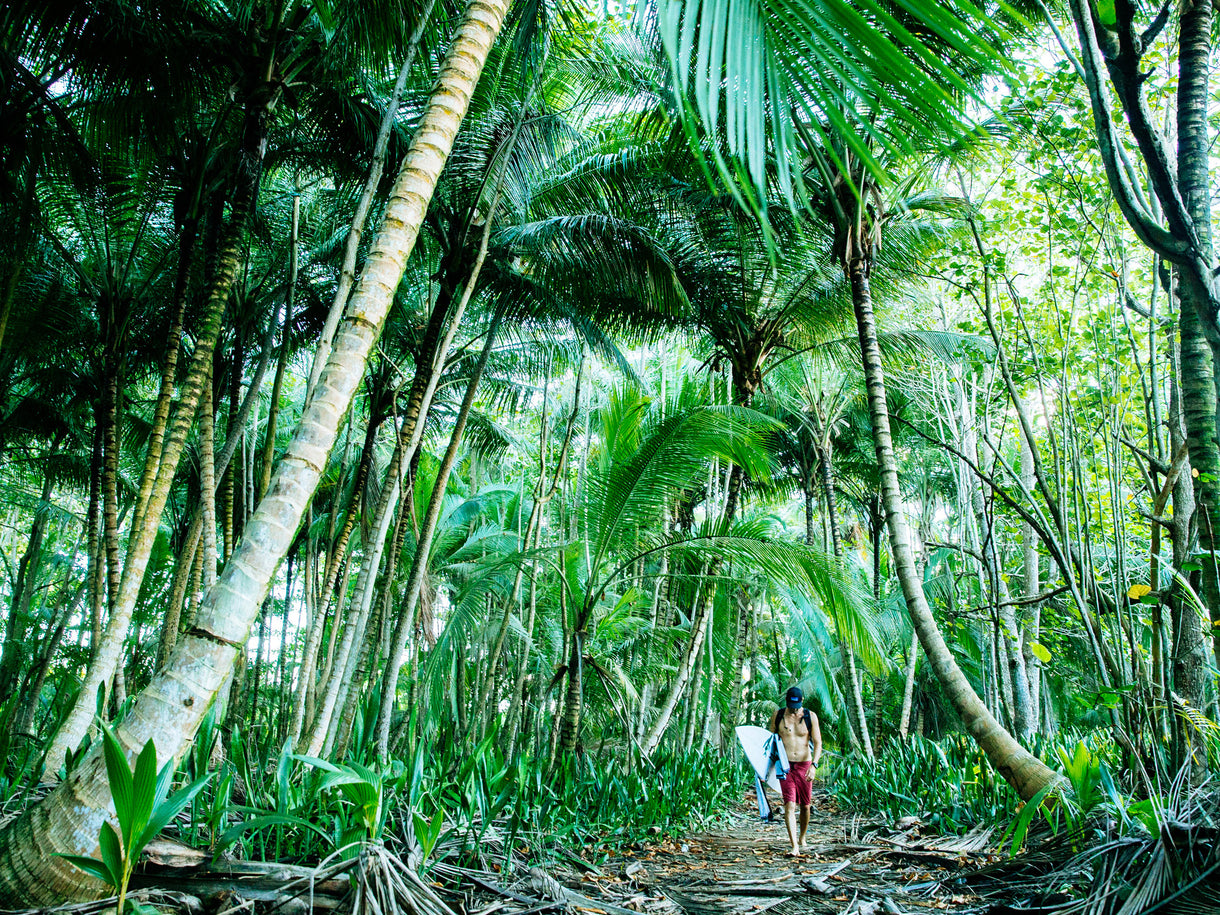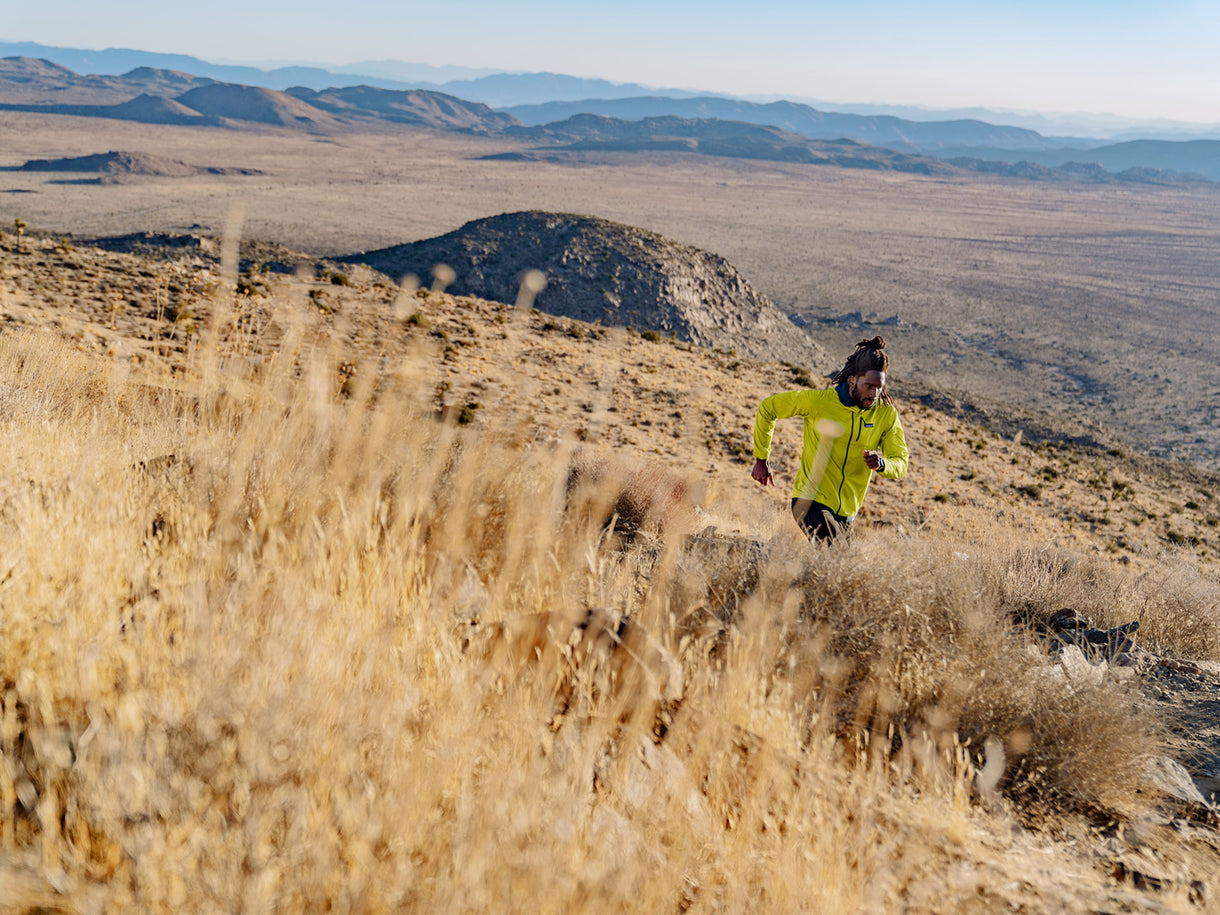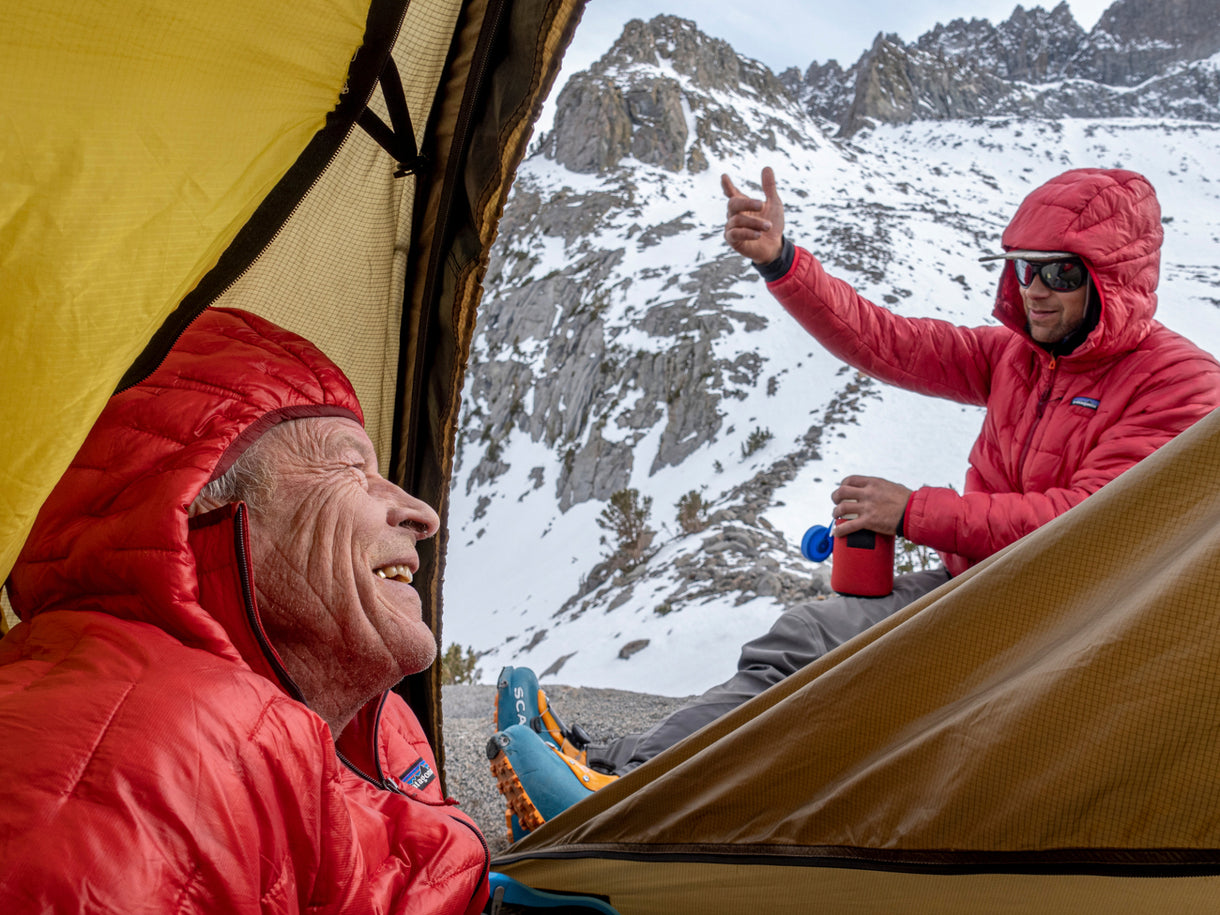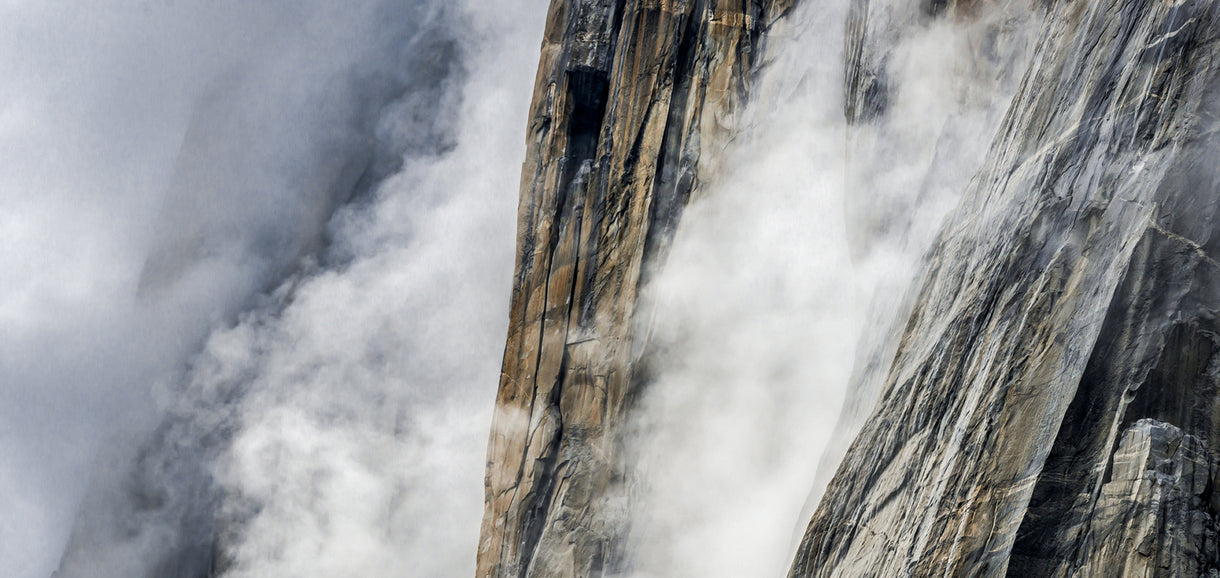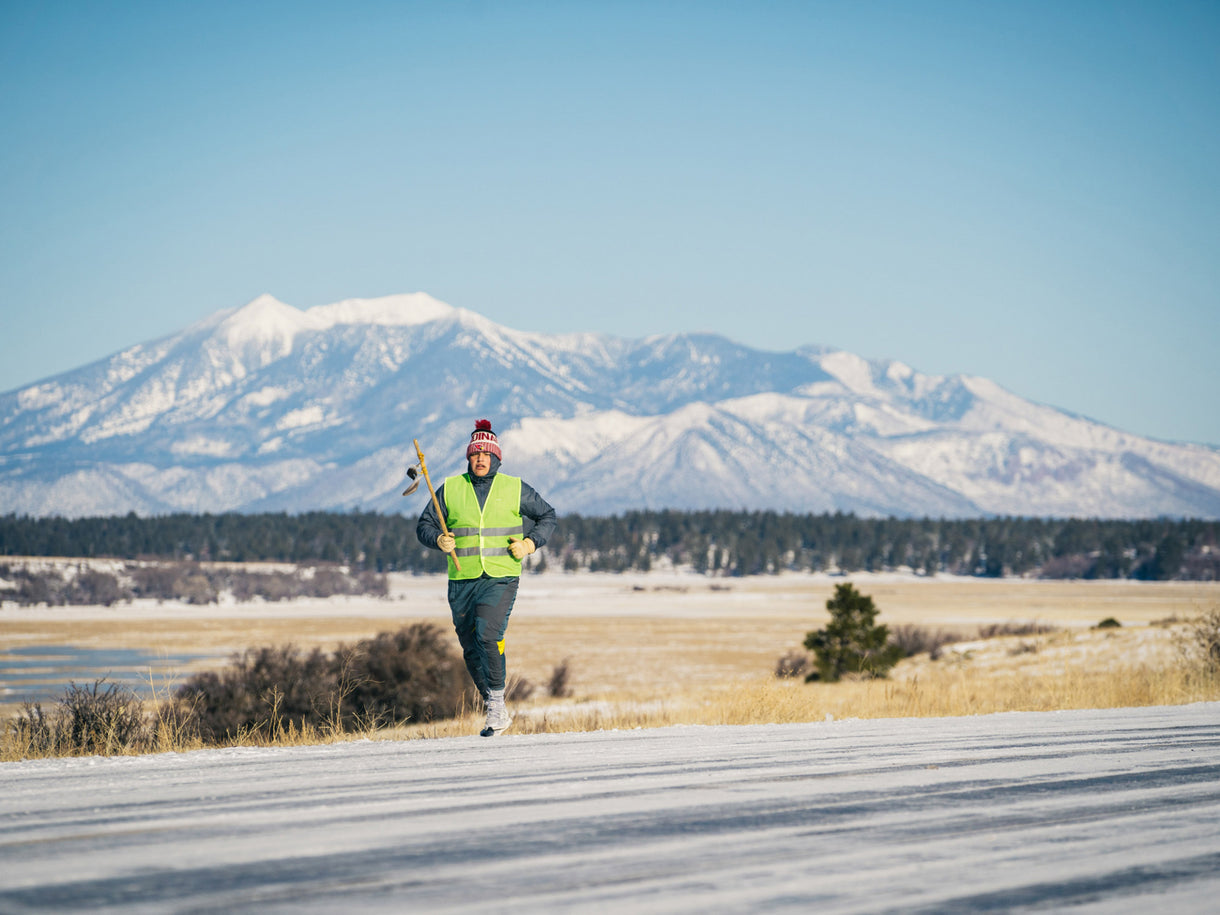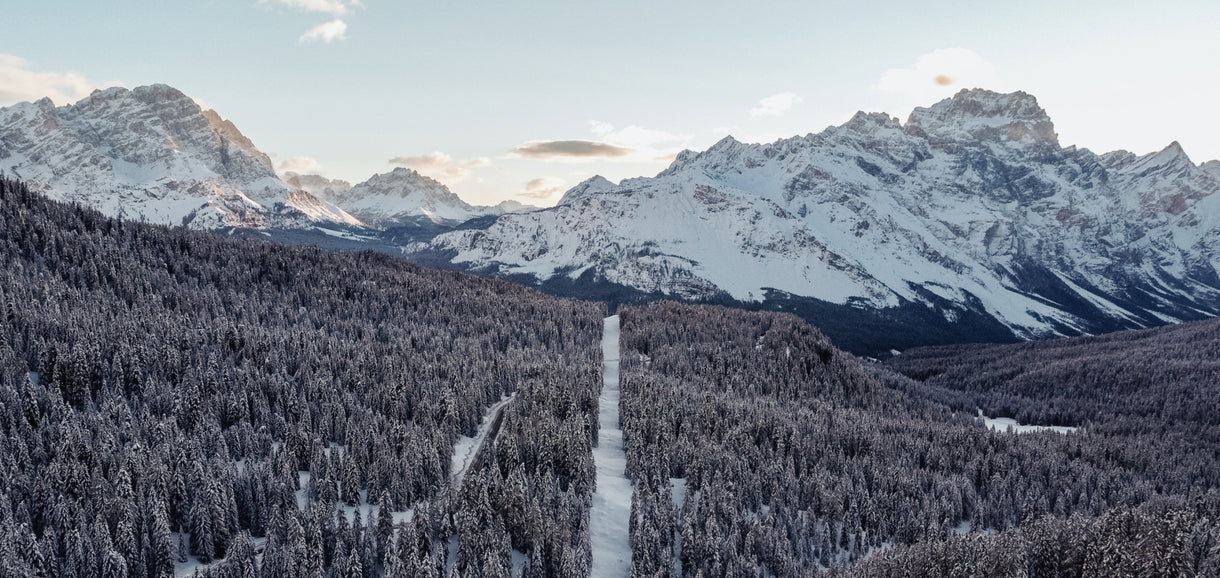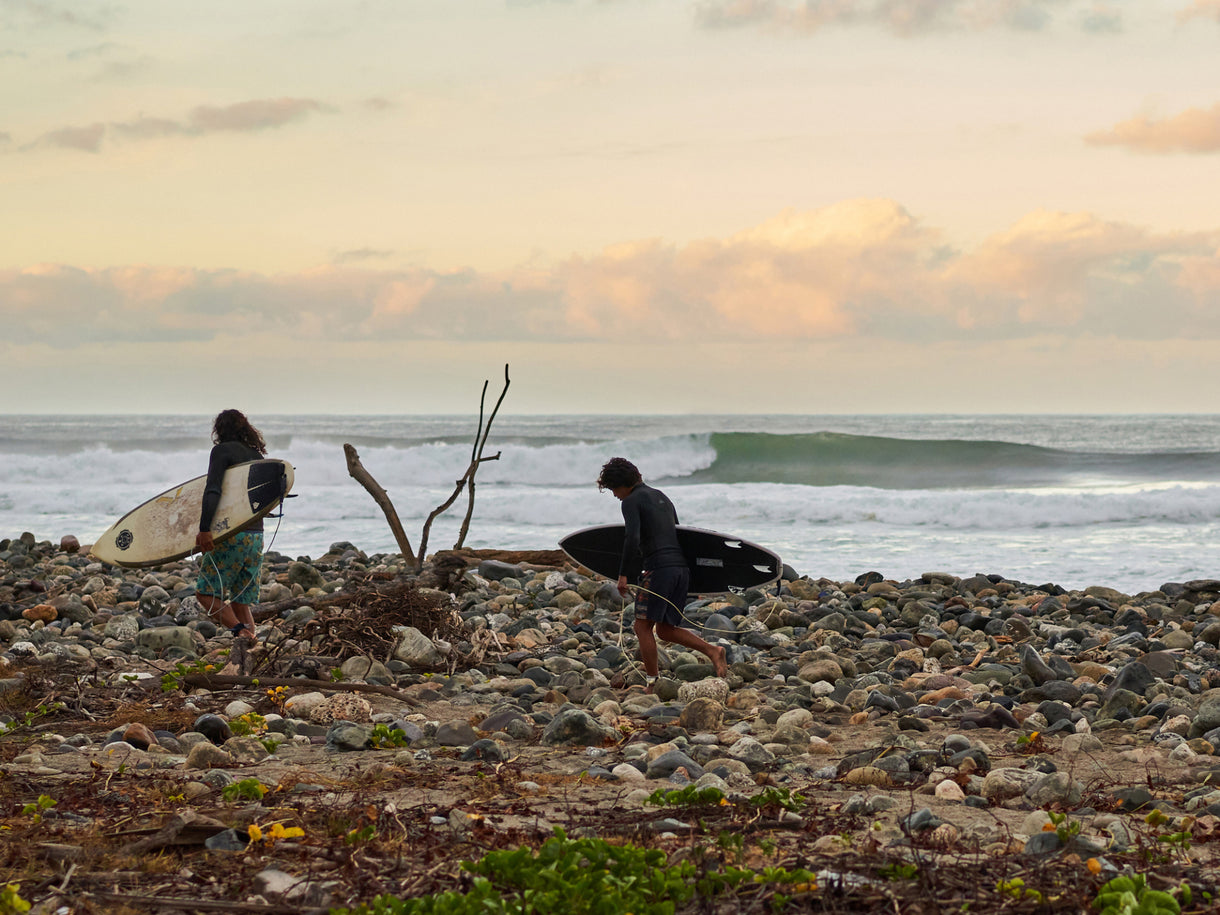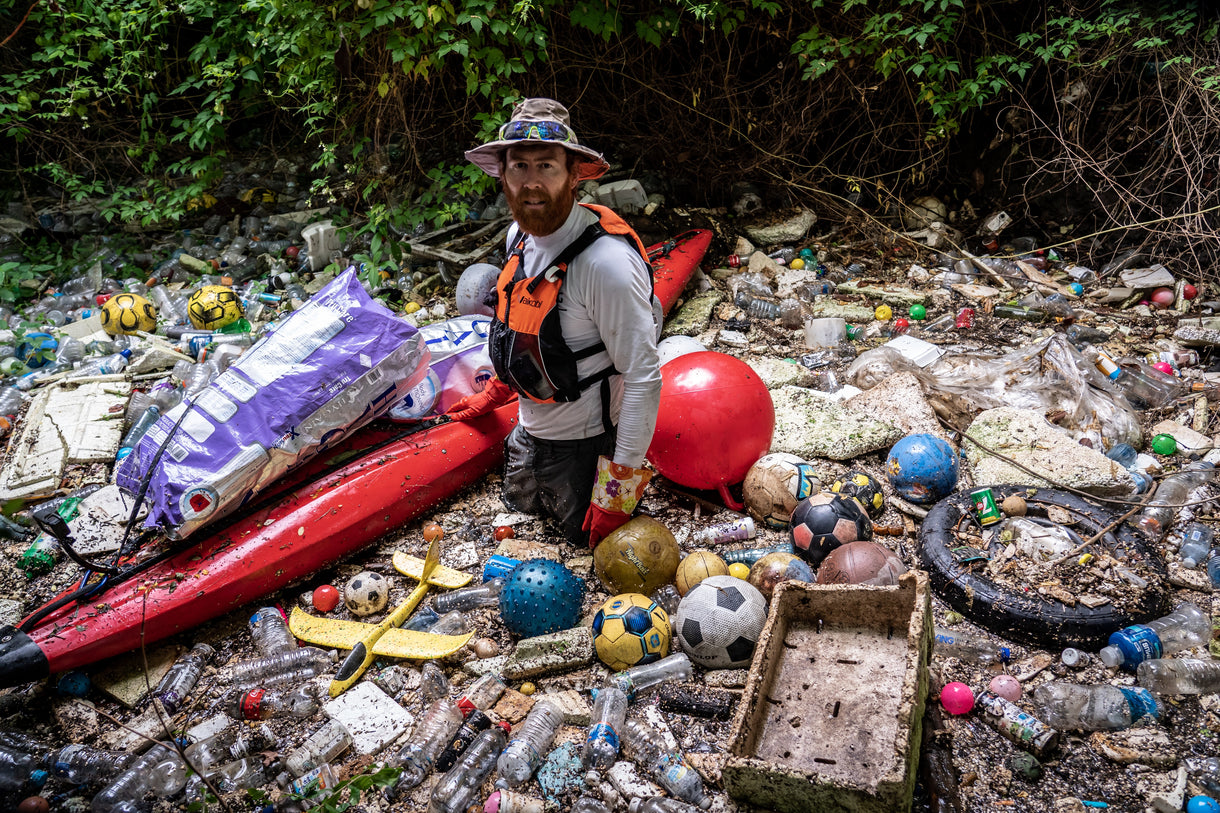Big fish are now circling Batemans Marine Park
I’m lucky enough to call a beautiful stretch of the Australian coastline home. It’s the country of the Yuin people on the New South Wales South Coast and is characterised by countless estuaries, forested headlands, empty beaches and rocky reefs.
The whole joint copped an absolute beating during the Black Summer fires, pushing many of our communities right to the ocean’s edge, but with a solid La Niña summer now tapering off, the place has bounced back and is looking like paradise again. The beauty of the land is mirrored under the sapphire waters too, which support an abundance of marine life. The estuaries foster populations of oysters, prawns and inshore fish species. The headlands are ringed by rocky reefs and swaying kelp gardens that are home to more fish, as well as abalone and cray. The sheltered bays are favourite pit stops for humpback mothers and calves during their southern migration. There are seal colonies, seabird colonies, diverse deep water reef habitats and countless pelagic species of fish. It’s a wonderland and the people who call this stretch of coast home know it.
The villages and small towns are populated with ocean lovers. Some grew up here, some moved here for the slower pace of life and the natural beauty, while others can trace their connection to the place back to the Dreaming. Most of us are pretty bloody passionate about the place. Recognising the significance of what we have, fully aware that this precious jewel, is just that, precious.
 Laura Wells and Paul West. Photo courtesy Save Batemans Sanctuary
Laura Wells and Paul West. Photo courtesy Save Batemans Sanctuary
We’re not the only ones recognising the importance of protecting these precious marine habitats. The world's oceans are facing ever increasing threats from human activity like overfishing, exotic species, mining, dredging, nutrient runoff from agriculture, waste disposal, pollution… the grim list goes on. Our failure to understand and protect our living oceans poses yet another catastrophic existential threat not just to humanity, but to all life.
Protecting the world’s oceans is an incredibly huge and complex task, with the bulk of them falling outside the jurisdiction and protection of individual nations. To give you an idea of just how pear shaped the whole situation is (you might want to take a seat for this one), you need look no further than the 2019 Global Assessment produced by the United Nations. The report stated that 66 per cent of the world’s marine environment has been significantly altered by human action. Interestingly, that damage was less severe or avoided entirely by areas managed by indigenous people or local communities. The report states one-third of marine fish stocks were being harvested at unsustainable levels, 60 per cent were being fished to the limit of sustainability and only seven per cent were being harvested at levels lower than what can be sustainably fished.
The report stated that approximately a third of marine mammals, shark and shark relatives, and reef-forming corals face the immediate threat of extinction. Half of the world's coral reefs have been lost since 1870. The report suggested that if there is no change to the way we fish our oceans and manage habitat, then our marine ecosystems face total collapse by 2040. The year my oldest kid will turn 25.
Currently only 6.35 per cent of the world’s oceans are designated as MPAs, with less than 2 per cent fully protected as “no-take” zones.
In the face of this, organisations like the Marine Conservation Institute have drawn on the latest science and are advocating for 30 per cent of the world’s oceans to be designated marine parks by 2030, with legislation and resources strong enough to be enforceable and halt – and hopefully reverse – the decline of life in our oceans. Currently only 6.35 per cent of the world’s oceans are designated as MPAs, with less than 2 per cent fully protected as “no-take” zones.
But despite growth in marine protected areas around the world, not all MPAs are created equal. Creating marine parks based on size alone has been shown to have little impact on fish density and biodiversity markers. After studying existing MPAs around the world, the scientific community has identified five key criteria to maximise the conservation outcomes for Marine Parks. They must be no-take zones. They must be enforceable. They must be old (over 10 years). They must be large (greater than 100 square kilometres) and they must be isolated by deep water or sand.
Which brings me back to the NSW South Coast.
Back in 2006, the NSW Labor government established a marine protected area extending from Murramarang Beach in the north to Murunna Point in the south. The park extends from the three nautical mile offshore limit of NSW waters to the mean high-water mark, and within all rivers, estuaries, bays, lagoons, inlets and saline and brackish coastal lakes, including the offshore Tollgate Islands and Barunguba (Montague Island). The MPA was given the emotive name of the Batemans Marine Park and covered roughly 850 square kilometres of marine habitat.
 Barunguba is home to NSW's biggest seal colony, including both Australian and New Zealand fur seals. Photo courtesy Save Batemans Sanctuary.
Barunguba is home to NSW's biggest seal colony, including both Australian and New Zealand fur seals. Photo courtesy Save Batemans Sanctuary.
Now, I can hear you saying, how good is that! Such a massive chunk of coastline and ocean protected… but hold your horses. It was declared as a “multi-use marine park” and has three main zonings that determine what activities can be undertaken. There are general use zones, open to recreational and commercial fishing. There are habitat protection zones, which have more restrictions placed on commercial fishing, some restrictions on collecting and no restrictions on recreational fishing. Then finally there are sanctuary zones, in the case of the Bateman’s Marine Park, they make up roughly 20 per cent of the total park area and they forbid commercial and recreational fishing, as well as any sort of collecting. You know, the kind of protection that you expect when it comes to an effective MPA.
The honeymoon period after the park was created was short-lived, however. When the NSW Liberals came into power in 2011, their hostility towards MPAs was immediate. The management of MPAs was transferred from the Department of Environment to the Department of Primary Industries, though all decisions relating to NSW MPAs had to be approved by both departments. [Both current Ministers were contacted for comment but did not reply]. One of the first actions from the then-Primary Industries Minister Katrina Hodgkinson, was to commission an “independent scientific assessment” on the efficacy of all NSW marine reserves. Seeing as though the science supporting marine sanctuaries is vast and comprehensive, this served little purpose other than to provide context for the winding back of protections for marine parks.
In 2013, the NSW government attempted to remove protection from 30 marine park sanctuary zones across the state (after a period of protracted consultation – reluctantly – they reduced that number to 10). In 2014 they introduced the Marine Estate Management Act which replaced the conservation focused NSW Marine Park Act (2014), providing for the creation of the Marine Estate Management Authority (MEMA). This new framework for managing the marine environment scrapped the previous bill’s consideration of internationally recognised CAR principles – comprehensive, adequate and representative – for protecting biodiversity, instead shifting to a threat and risk assessment process, borrowed from the world of business and industry. They were actively white-anting the protection for the marine environment, attempting to bury it under ever deeper layers of bureaucracy.
The deeper I dove into this stuff, the more my head spun. Why the hostility towards marine parks?
It got worse. In December 2019, then-Member for Bega, Andrew Constance announced that recreational fishing would now be allowed in six of the Batemans Marine Park sanctuary zones. He also announced that anyone caught breaking the remaining sanctuary regulations would not be prosecuted. The move came without any community or scientific consultation. He didn’t even inform his own party.
The deeper I dove into this stuff, the more my head spun. Why the hostility towards marine parks? How could a single minister wind back protections that weren’t even in his portfolio?
I gave Independent MP and South Coast resident, Justin Field a call to see if he could help me understand the political machinations. I asked how and why Andrew Constance did what he did. Justin explained the initial announcement had come right before the 2019 state election, with Constance looking to appease the recreational fishers – a small but vocal group of voters in his local seat of Bega. The winding back of the sanctuary protection wasn’t policy, it wasn’t a cabinet decision and it wasn’t called out by the NSW Coalition for fears of party disunity ahead of the election.
The mechanism that Constance used was an amnesty on criminal charges within the sanctuary zones, so while technically they were still protected, no one would be charged if they were to be found fishing in the sanctuary zones. An amnesty of this nature has no precedent in public policy and had no time parameters around how long it would stand. It could be reversed by the stroke of a pen, but that would require unity on the issue between the Minister for Environment and the Minister for Primary Industries.
Is there a divide over the issue of marine parks within the NSW Coalition government? Just look at the Sydney Marine Park proposal in 2019. The Shooter, Fishers and Farmers Party went to town on the idea, stoking fear around more MPAs and more lockouts. While the proposed park was widely supported, the SFF Party undermined it as a rights-based issue. You know the drill – it’s our right to fish wherever we want. Sensing their moment, the Nationals promised to support the park in exchange for the Libs support of winding back native vegetation clearing on rural properties. The Coalition won the election and backed the clearing legislation. The Nats however reneged and withdrew their support for the park, saying that if they supported it they’d lose seats to the vocal and motivated SFF. Just another day in politics, eh?
 The Batemans Marine Sanctuary extends between Murramarang in the north to Murunna Point in the south, extends three nautical miles offshore and includes the adjacent coastlines and estuaries. Photo courtesy Save Batemans Sanctuary.
The Batemans Marine Sanctuary extends between Murramarang in the north to Murunna Point in the south, extends three nautical miles offshore and includes the adjacent coastlines and estuaries. Photo courtesy Save Batemans Sanctuary.
Justin Field said his office has sought legal advice about what could be done to repeal the amnesty but has come up blank, so it’s just hovering in political no man’s land. No one wants to touch it and the can keeps getting kicked down the road. All the while the fish numbers that were gained during the period of sanctuary zone protection are being eroded by recreational fishing pressure.
What can we do? Make marine parks an issue. Make noise about the community support of the sanctuaries. Engage and pressure the current ministers and at the next NSW state election vote for the marine parks. We’ve already seen some recent progress here. Andrew Constance stepped down from state politics. The ensuing by-election was won by Labor’s Michael Holland, who is on the record saying he supports the marine parks, but how that translates to action remains to be seen.
Next up, I give Bill Barker from the Nature Coast Marine Group a call. They’re the grassroots organisation that has been fighting for the MPA sanctuary zones since the amnesty was announced. I ask him what’s at stake. He says that it’s hard to know, that the sanctuary zones were still only relatively young and that whatever gains were made were now being lost with every fish caught in the no-take zones. I ask him about the Marine Park Network Management plan and he says it’s just a fluffy wish list, with no budget and no targets, just another layer of bureaucracy that the government can hide behind so that they can appear to be doing something. I ask him why he thinks it’s being dragged out like this. He says that it’s not a big deal in the political space; it’s high risk, low return for the government so no one wants to touch it. I ask what can the community do? He says to get under the water. See it with your own eyes. See the beauty of what we have here, see what we stand to lose.
I also needed to talk to someone who’s connection to this place goes far beyond politics and time. I reach out to Wally Stewart, a Walbunga Yuin man and native title claimant for the waters of his ancestors. I send him a text, letting him know that I’m writing something up about the marine parks and he calls me straight back. Wally is fired up. The Yuin people have been fighting for access to their ancestral waters since colonisation. He’s outraged, though not surprised that the amnesty was announced without community consultation. “Come and talk to us!” he says. “I’m not a stakeholder, I’m a traditional owner!”
“We’re only three per cent of the population and we’re getting blamed for overfishing! They take our waters, ruin our oceans and leave us with nothing but urchin barrens.” – Wally Stewart
He feels Aboriginal people don’t have a say in the management of their waters and rails against his people being called poachers, while fishing to feed their families. “We’re only three per cent of the population and we’re getting blamed for overfishing! They take our waters, ruin our oceans and leave us with nothing but urchin barrens.” Wally supports marine parks and sanctuary zones, and also hopes for Aboriginal special purpose zones to be included in future marine parks.
Wally leaves me with a story of the Yuin people, recounted here with permission.
“This is the story of Toonkoo and Ngardi. In the stillness of the night, slowly bobbing to the rhythm of the waves, the night sky guides our Dreaming. The moon predicts the destined tides. This is where the magic begins upon the ocean and it’s horizon. Even in the day, with the sunrise and the sunset, when we look and see the ocean its magic is still there and still alive. The magic of spirit that still today shows us the trail where Aboriginal people first came from. Toonkoo and Ngardi came down from a star to this land. The oceans are the balance to the land and when we sit in this balance, we see the path… the path to the Dreaming and creation. The path to our Dreaming is the magical space created in that balance, called Millimbawa, which means the sparkle of the waves.”
For me, I’m off to have a dive, to connect with what’s precious and to contemplate the fight that continues to preserve and protect the marine ecosystems of not just this stretch of water, but all the world’s oceans.
For more on this issue please check out Save Batemans Sanctuaries.
